Urban gardeners are leaning into verticality, sustainable materials, and eye-catching silhouettes to turn plain supports into stylish focal points. 2025 trend reports highlight slim slatted panels, living structures, and bold metals as top choices for a garden trellis that maximizes harvests, saves ground space, and doubles as privacy screening or art. The twenty ideas below translate those trends into practical projects—some take an afternoon and scrap wood, others become permanent landscape features—but each paragraph shows how the right trellis can boost yield, beautify beds, and invite pollinators.
1. Minimalist Slatted Garden Trellis Screens
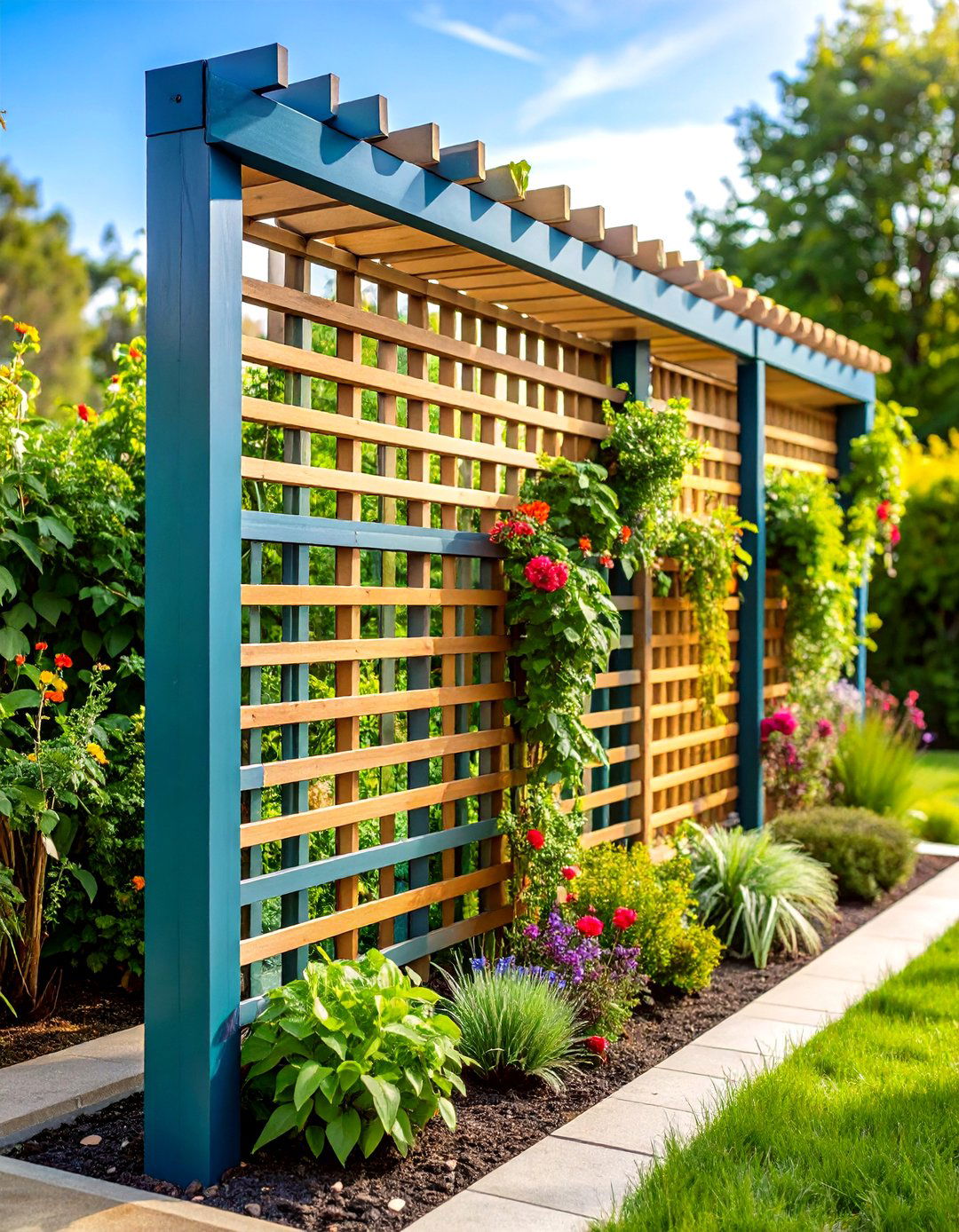
A sleek slatted garden trellis marries modern architecture with plant care by stretching evenly spaced, weather-proof battens across a simple cedar or powder-coated frame. The narrow gaps guide vines upward while still letting breezes pass, reducing fungal issues on beans, sweet peas, or star jasmine. Trellis panels can be painted charcoal or soft sage to echo contemporary siding, or left natural for a warm Nordic look. Mount several panels in a staggered row and you gain quick privacy plus an instant backdrop for container displays. Slatted designs rank high among 2025’s top five garden trends, so you’ll stay current while keeping construction straightforward.
2. Cattle-Panel Arch Trellis Tunnel
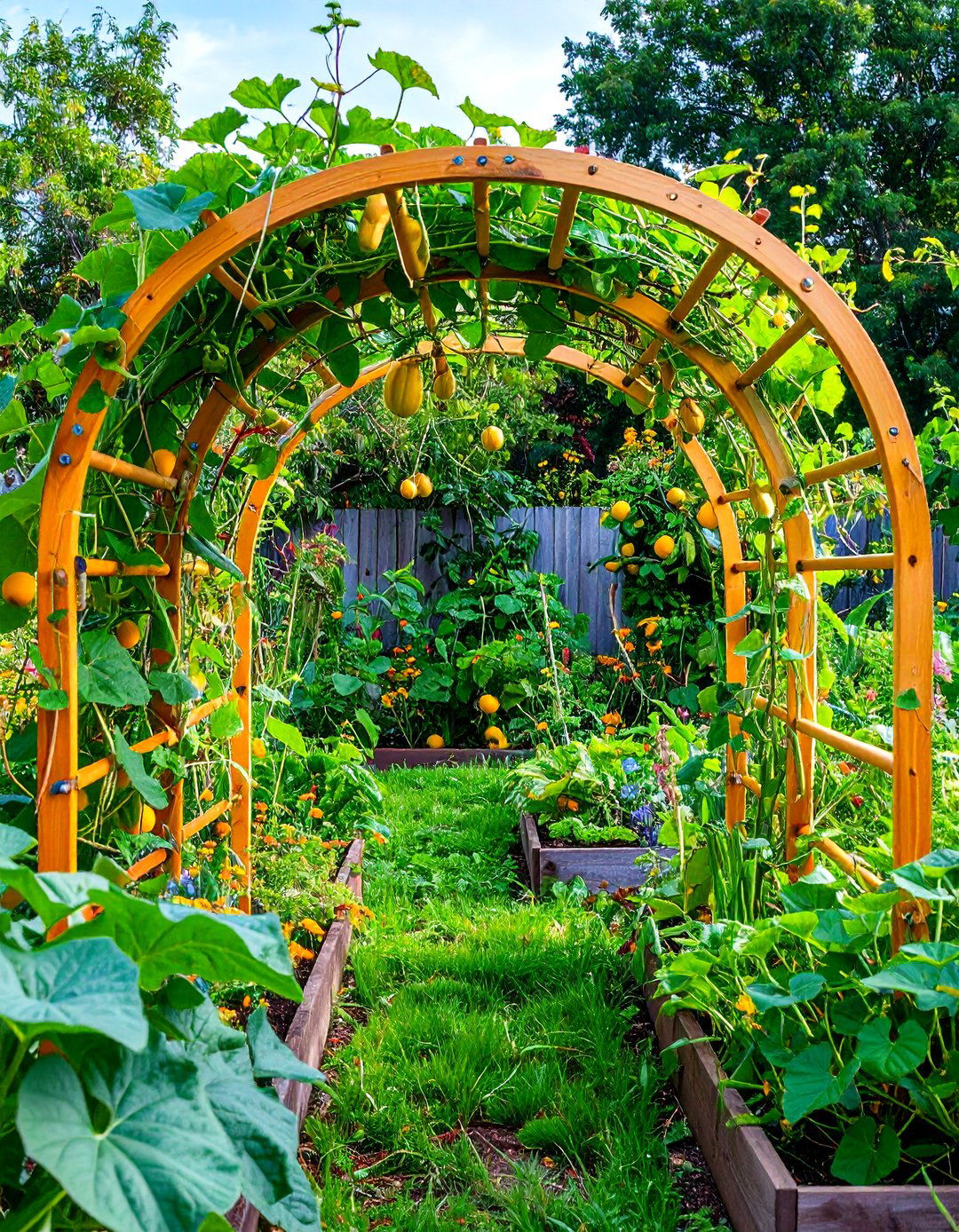
Bending a sixteen-foot livestock panel between two raised beds forms a dramatic cattle-panel arch trellis that invites pole beans, loofahs, and melons to cascade overhead. Once plants meet at the apex, the tunnel shades paths and turns harvest time into a whimsical walk-through. Installation is budget-friendly: anchor four heavy T-posts, curve the grid, then zip-tie in place. Gardeners on social platforms praise this design for durability and a materials cost under US $40—far cheaper than pre-made steel arbors. The generous grid squares also make pruning and picking easier than with tight lattices, while improving airflow around dense foliage.
3. Bamboo Tripod Trellis for Climbing Beans
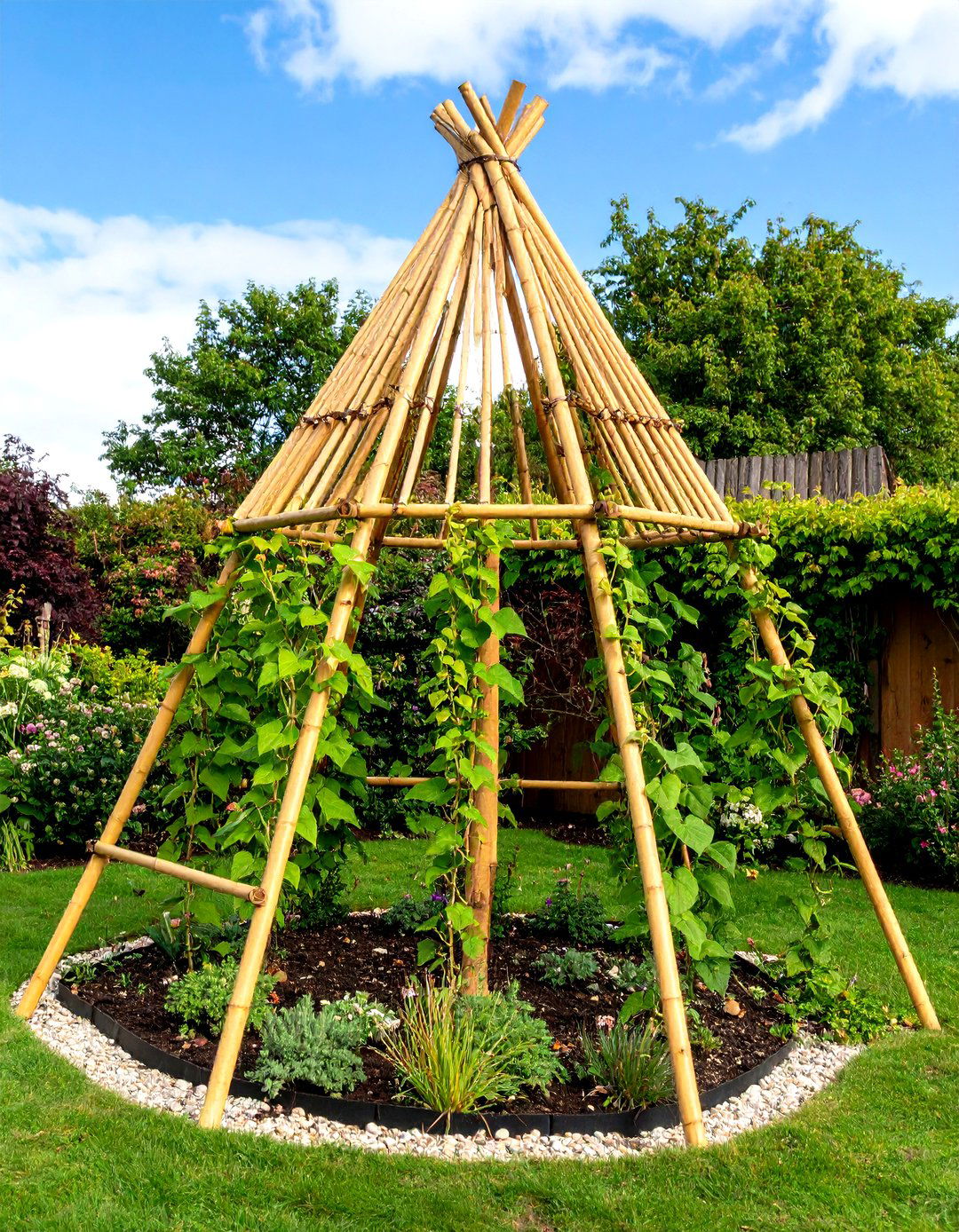
A classic yet eco-savvy option, the bamboo tripod trellis employs three two-meter canes lashed together at the top to create an airy cone. Tied horizontal rungs every 30 cm give tendrils reliable grips, and the tapered footprint lets sunlight reach companion crops like lettuce beneath. Gardeners love bamboo because it’s renewable, inexpensive, and naturally rot-resistant; a thicket of canes can be harvested yearly without harming the grove. Assembly takes under two hours with twine and pruning shears, making this trellis a go-to starter project for kids or renters who need something quick yet sturdy for green beans, morning glories, or climbing nasturtiums.
4. Corten-Steel Grid Trellis Statement Wall
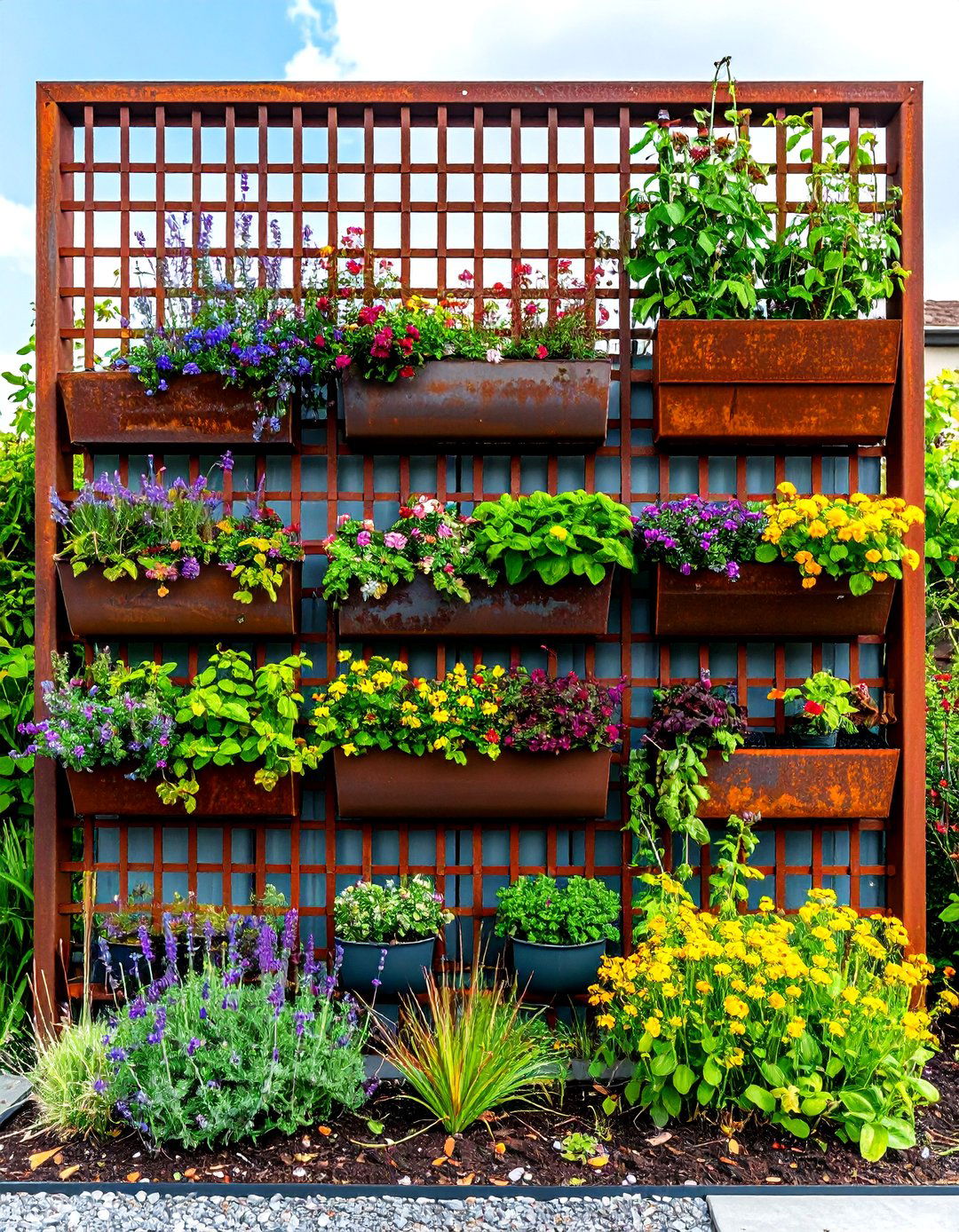
For a permanent, sculpture-like feature, consider a corten-steel grid trellis. The metal’s weathering patina shifts from orange to deep russet, contrasting dramatically with chartreuse hops or silver-foliaged clematis. Integrated planters at the base anchor the frame and hide irrigation lines, while optional casters allow seasonal repositioning. The material’s high tensile strength means thinner bars can span wider bays, creating an almost weightless lattice against masonry. Homeowners increasingly choose corten for its low maintenance and industrial aesthetic, and prefabricated planter-trellis combos now ship in modular widths so you can cover an entire fence line without custom welding.
5. Living Willow Trellis Dome
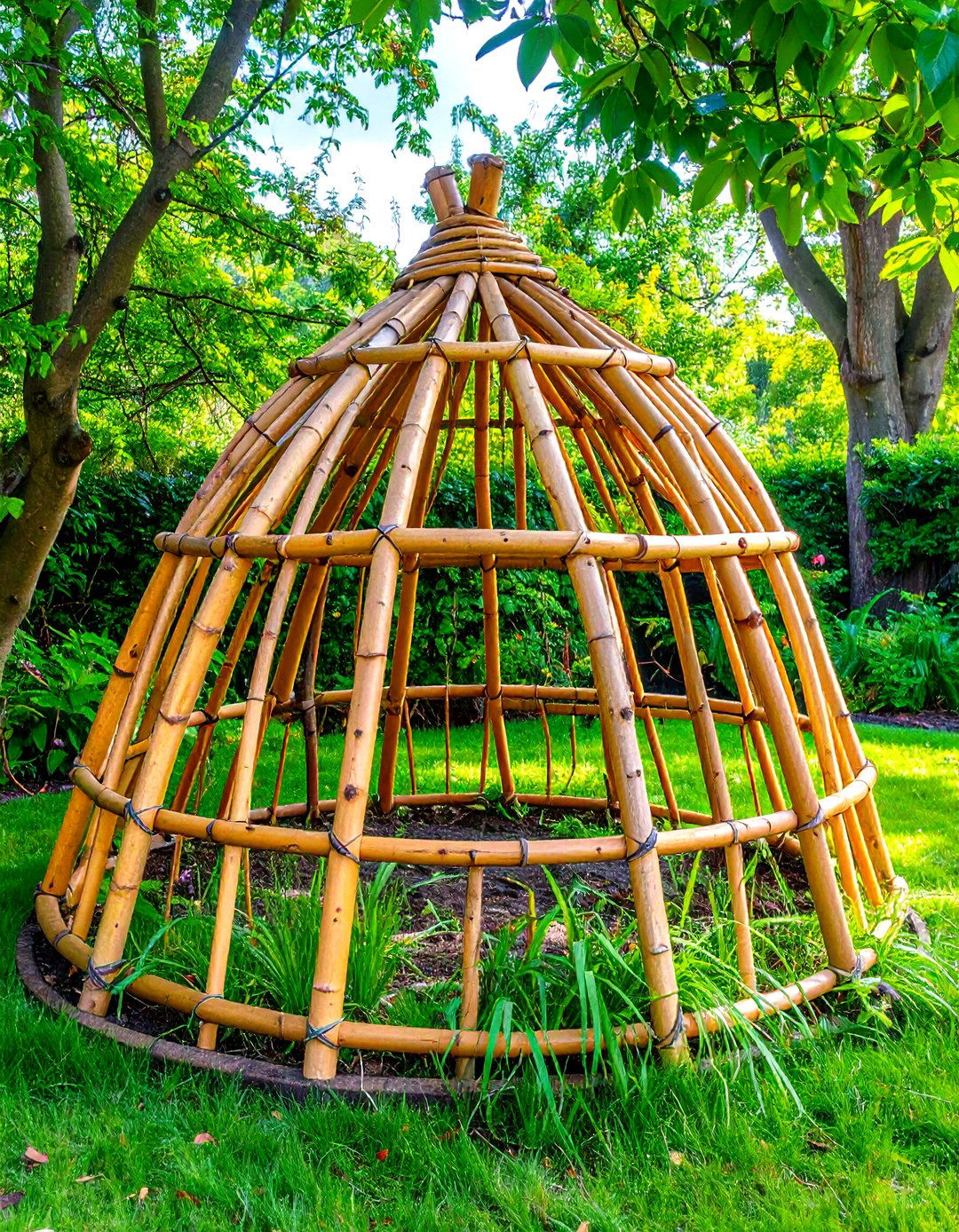
Unlike static structures, a living willow trellis dome weaves fresh whips into chevron patterns that root and leaf out, forming a shady play hut by midsummer. Set long rods in concentric circles, bend tips to meet at the crown, and tie with jute. Within weeks, green shoots knit joints together naturally. Besides delighting children, a willow trellis supports shady crops like climbing spinach along its cooler north side and provides habitat for songbirds. Care involves an annual February pollard to keep growth dense. Designers note that willow’s vigorous roots need moist, loose soil—ideal beside rain gardens or swales.
6. Recycled Pallet Vertical Trellis Wall
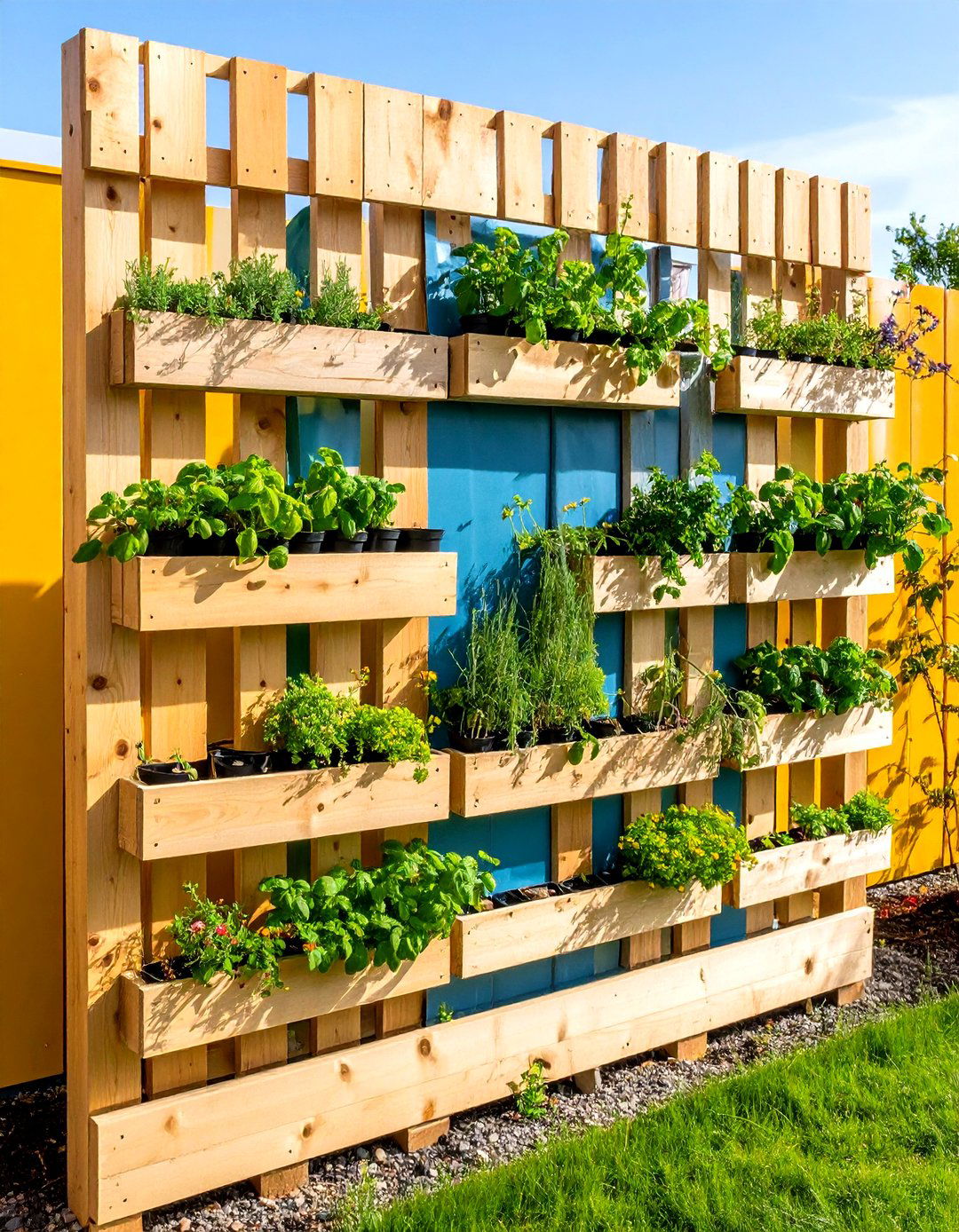
Turning a discarded shipping pallet on its edge creates instant pockets for strawberries or herbs and a slatted back for lightweight climbers such as sweet peas. Remove alternating boards, line the cavities with landscape fabric, then screw the pallet to a post or masonry wall. This upcycled garden trellis diverts waste from landfills and costs almost nothing; many gardeners report collecting pallets free behind hardware stores. A quick coat of outdoor paint prevents splinters and adds a pop of color. Because the unit is shallow, it suits balconies where depth is limited yet vertical square footage is plentiful.
7. Freestanding Obelisk Trellis for Roses
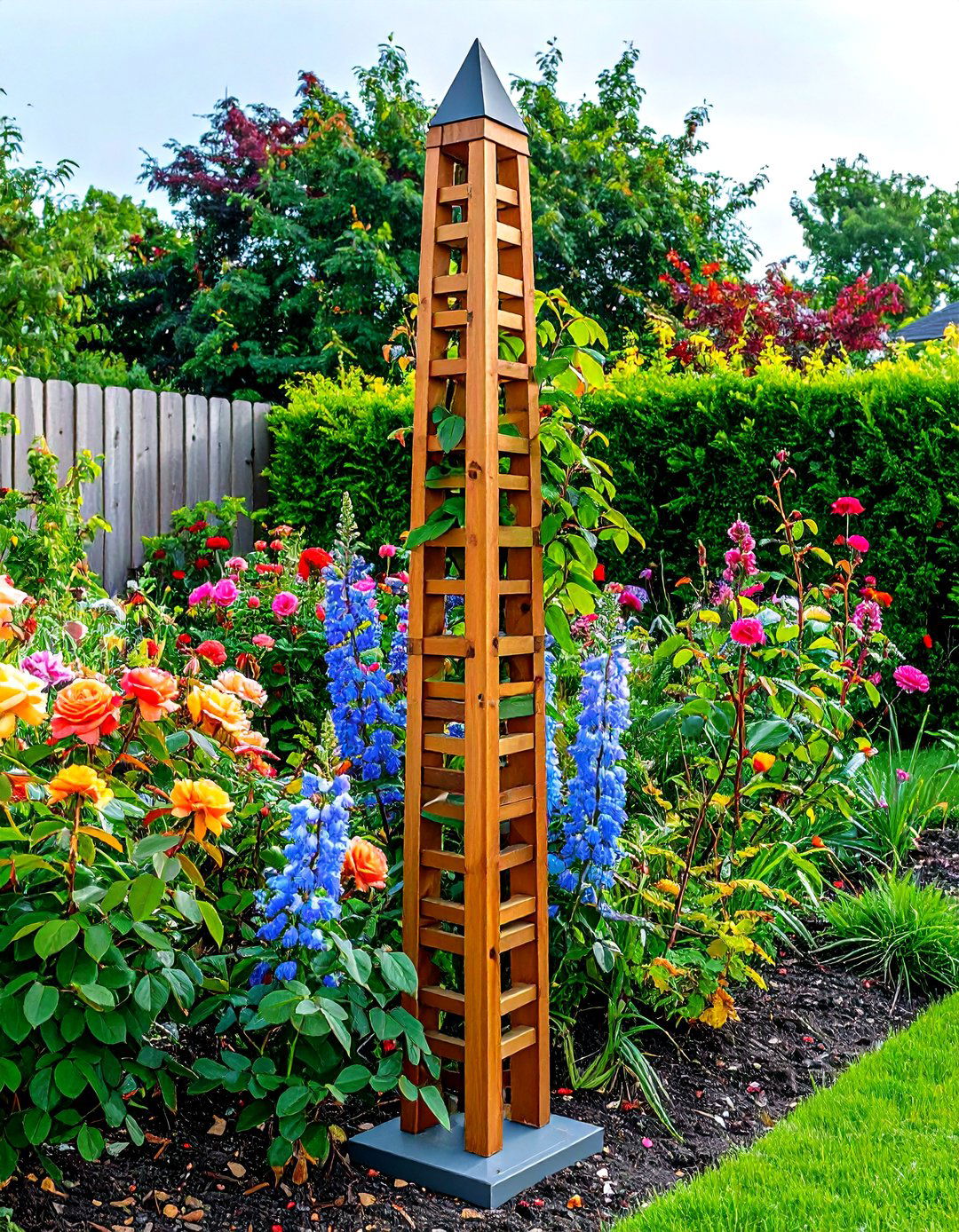
A garden trellis styled as a four-sided obelisk lifts climbing roses or sweet peas into a graceful tower that punctuates mixed borders. Construct it from cedar strips or powder-coated aluminum, tapering toward the finial to echo classic parterre forms. The pyramid shape offers 360-degree sun exposure, encouraging even blooms, while its small footprint lets you tuck vertical color between shrubs. Obelisks also simplify winter pruning: detach ties, slide the structure off, and access canes easily. Painted French blue or pure white, an obelisk trellis becomes both plant support and art, guiding eyes upward and adding height where shrubs lie low.
8. Foldable A-Frame Wooden Trellis
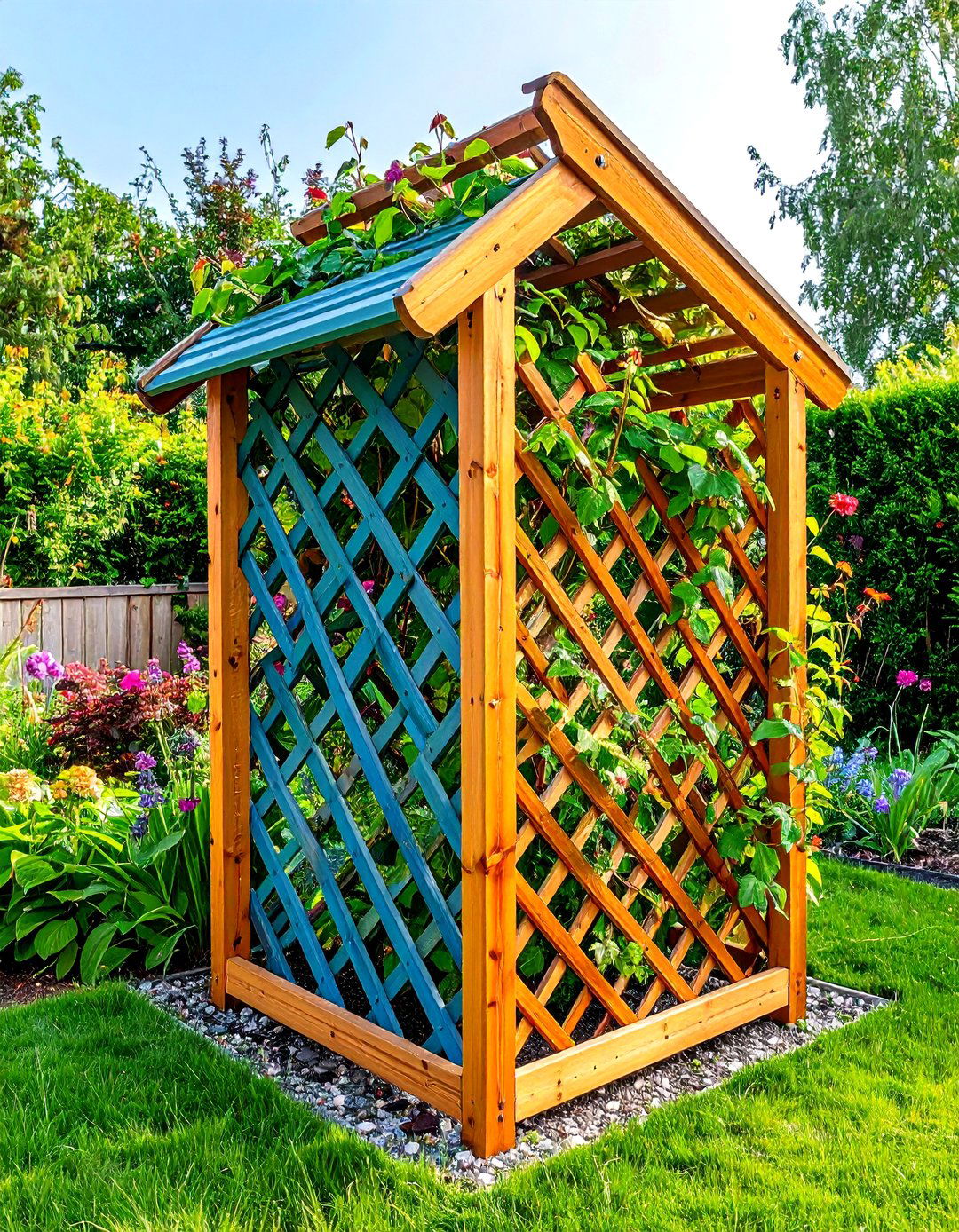
Gardeners short on offseason storage appreciate a folding A-frame trellis built with two latticed panels hinged at the apex. Set the legs over a row of peas in spring, then collapse and hang in the shed once vines die back. The angled faces encourage tendrils to climb without shade competition, and the open peak allows taller harvests to dangle inside, making picking almost ergonomic. Plans typically use cedar strips and galvanized hinges; materials cost under US $25 and basic tools. Tutorials emphasize diagonal braces or right-angle blocks to prevent racking, ensuring the frame withstands gusty weather.
9. Tension-Wire Trellis on House Walls
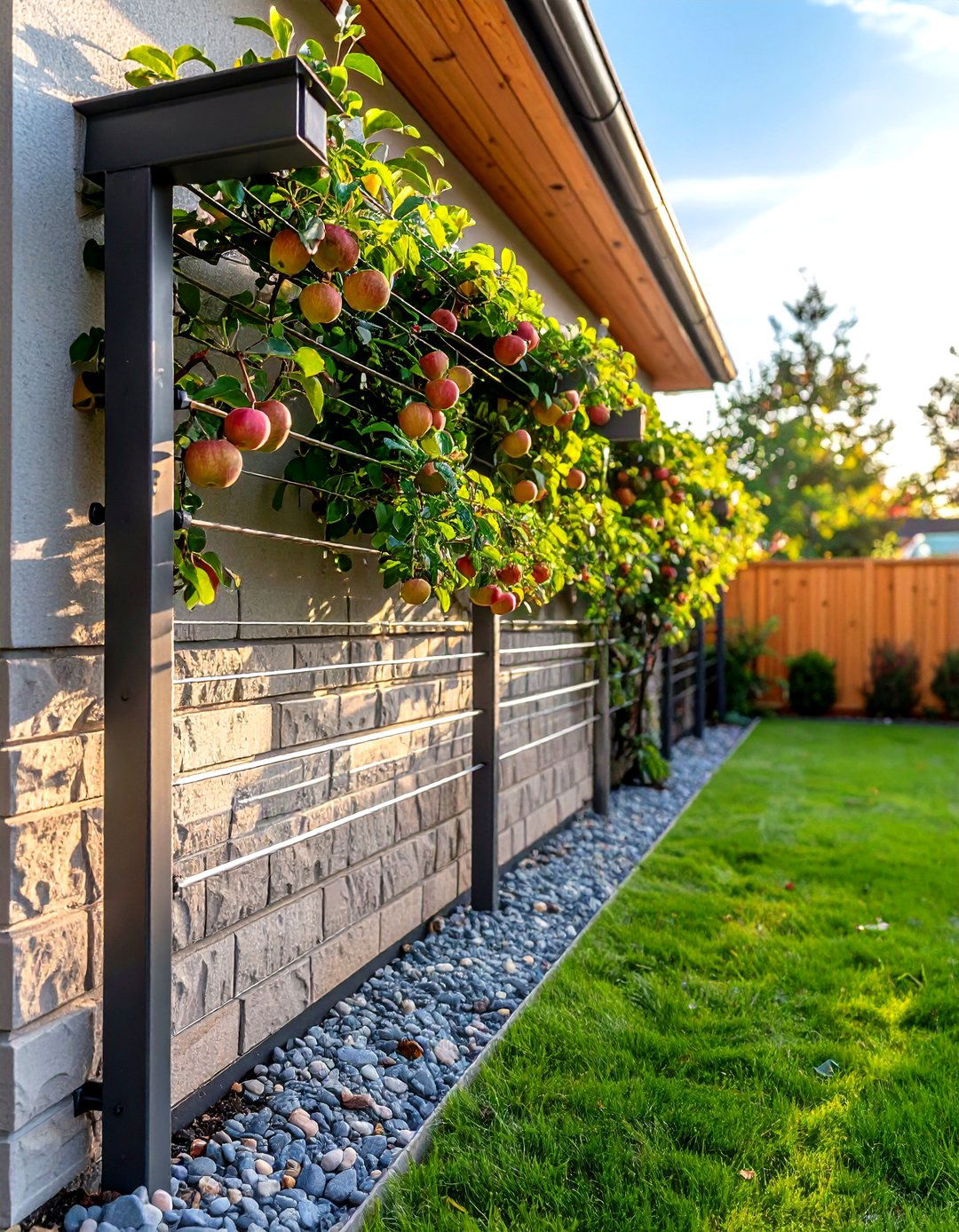
Where space is premium, a tension-wire garden trellis anchors stainless cables between masonry anchors, creating a near-invisible matrix for espaliered apples or climbing roses. The narrow gap from wall to wire keeps foliage clear of siding, reducing moisture damage while allowing sufficient airflow. You can outline windows or frame a front entry, softening architecture with greenery that never crowds pathways. Hardware kits let DIYers install systems with turnbuckles, washers, and concrete screws, and the sleek look pairs well with modern façades. Annual inspection and occasional re-tensioning are the only maintenance tasks needed for decades of service.
10. Metal Privacy-Screen Trellis Panels
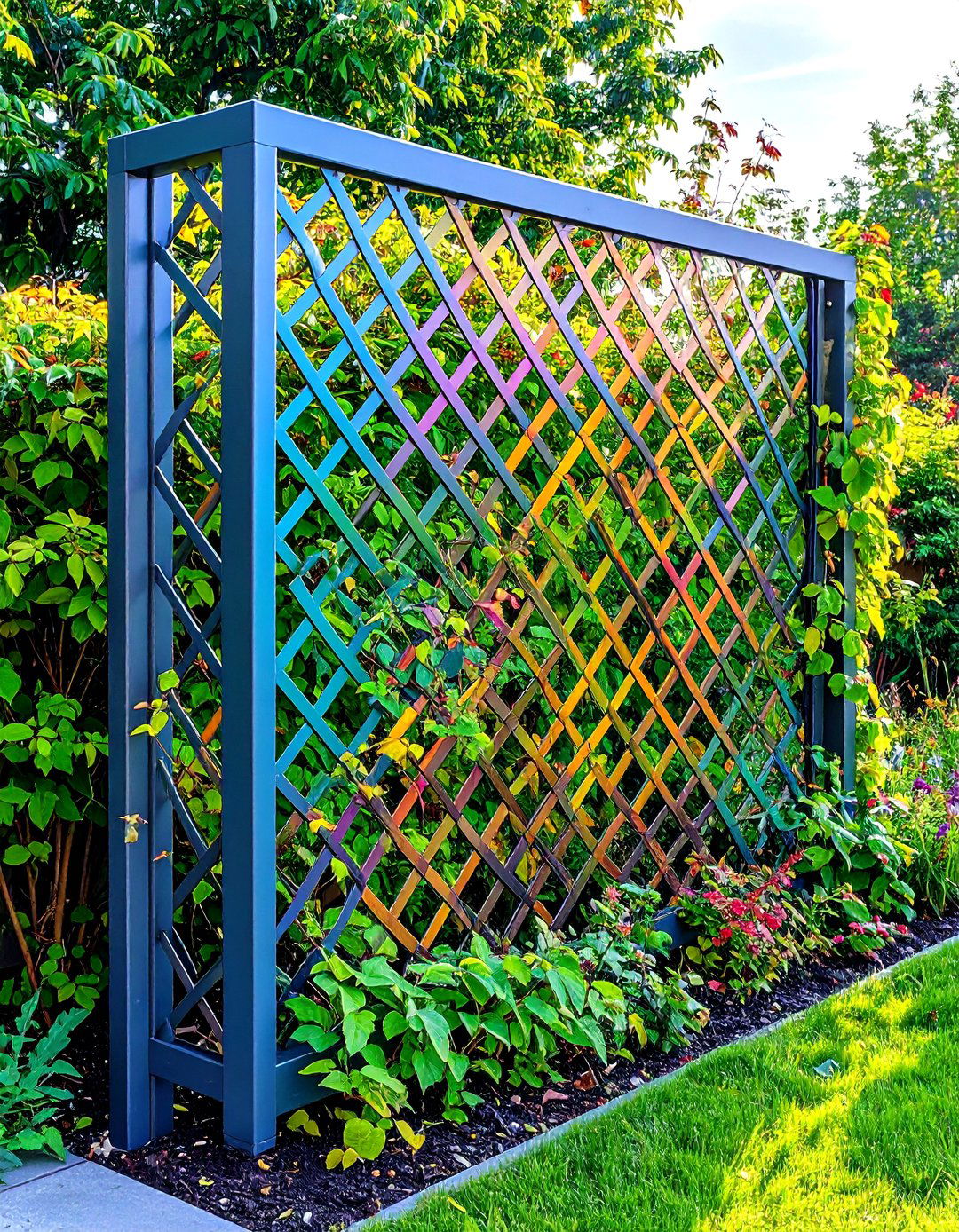
Powder-coated metal privacy screens double as robust garden trellis panels when you position planters at their base and let passionflower or hops scramble upward. Laser-cut geometric patterns cast intricate shadows by day and glow when backlit at night, turning support structures into outdoor art. Panels bolt together in freestanding zigzags or mount against pergola posts for wind protection. Homeowners praise these screens for hiding utilities—air-conditioning condensers or rubbish bins—while still letting vines access light through cut-outs. The durable finish shrugs off rust and scratches, making it ideal for coastal climates where timber weathers quickly.
11. Modular Planter-Trellis Combo Boxes
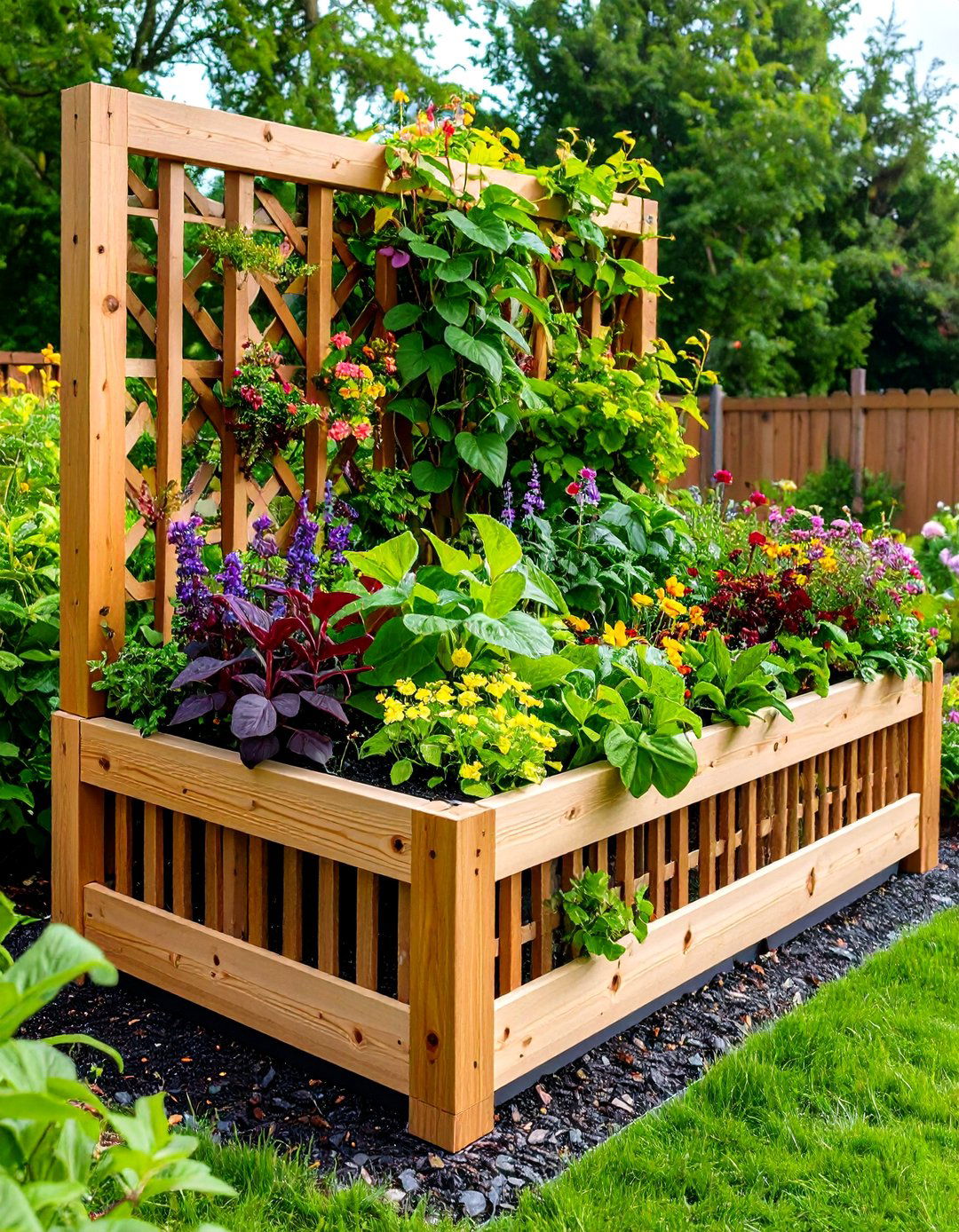
To streamline container gardening, choose rectangular planters with integrated trellis backs. Fiberglass or fiberstone boxes weigh less than concrete yet insulate roots, and detachable lattice inserts let you swap crops through the seasons—morning glories in spring, cucumbers in summer, sweet peas in fall. Wheels hidden beneath the base allow repositioning to chase sunlight on patios. Designers emphasize choosing boxes at least 30 cm deep so indeterminate tomatoes anchor firmly and don’t topple. Modern versions arrive in corten, matte black, or crisp white, matching almost any decor while giving climbing crops an immediate launchpad.
12. Mirror-Backed Trellis for Small Gardens
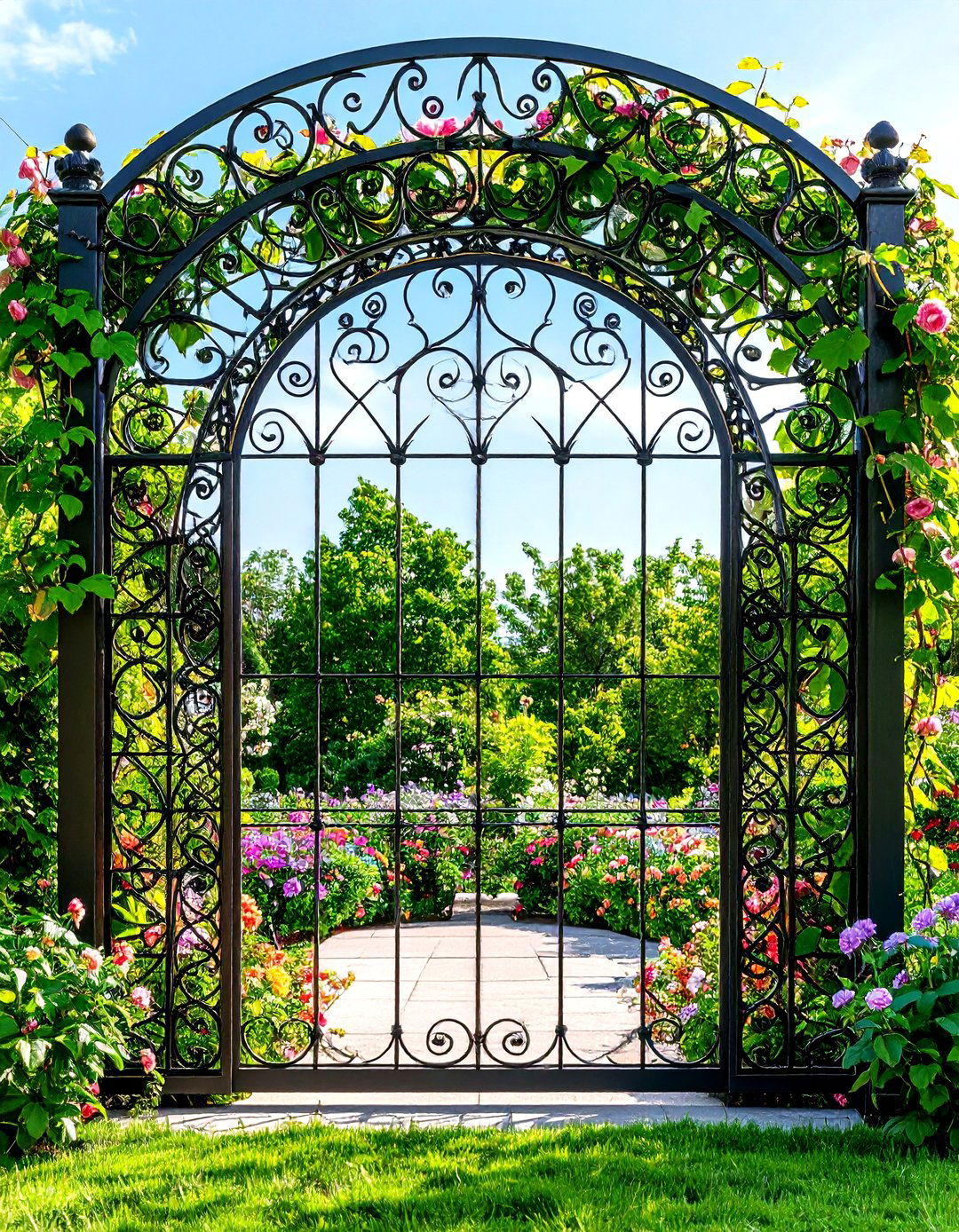
Adding a shatter-proof garden mirror behind a narrow trellis creates the illusion of depth in tiny courtyards. Affix a moisture-sealed mirror panel to a pressure-treated frame, then overlay slim battens or decorative wrought-iron scrolls. As vines climb, foliage reflects, doubling greenery and bouncing light into shaded corners. Designers caution mounting mirrors slightly angled downward to avoid burning leaves with intense midday glare. Paired with pale-toned climbers like white mandevilla, a mirror trellis feels almost ethereal—especially at twilight when fairy lights accentuate the infinite effect.
13. Suspended Rope Trellis for Cucumbers
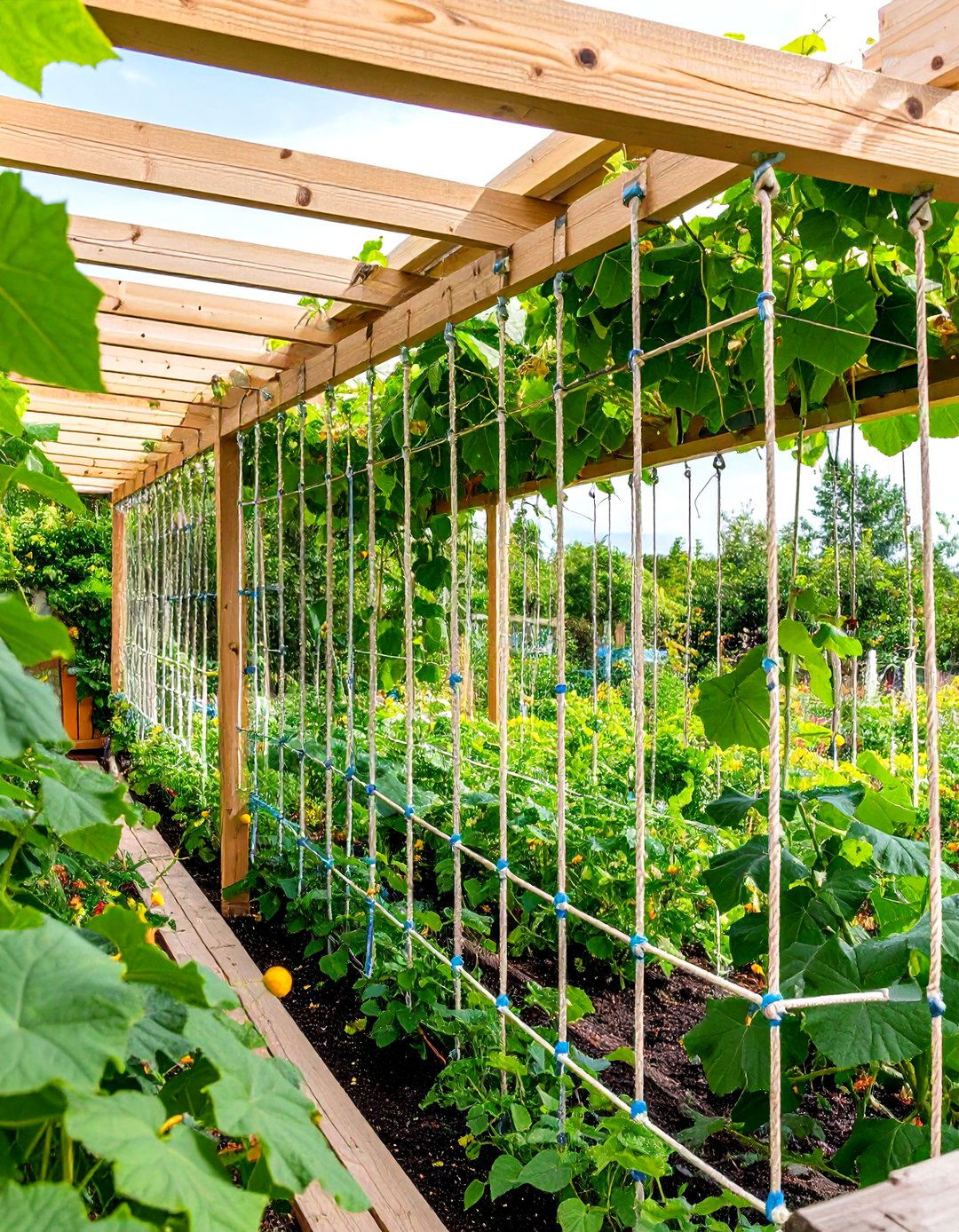
Cucumbers thrive when their fruits hang freely, and a suspended rope trellis delivers just that. Knot marine-grade rope or durable jute to an overhead beam, weight the ends with bamboo pegs, and space strands 15 cm apart to form a curtain. Tendrils wrap easily, fruits dangle straight, and pollinators navigate between lines unimpeded. The setup is ideal inside hoop houses, where adding rigid frames is tricky, and can be rolled up after harvest. Rope systems cost mere dollars, making them popular among community gardens that need low-budget yet effective vertical supports each year.
14. Boldly Painted Accent Trellis Panels
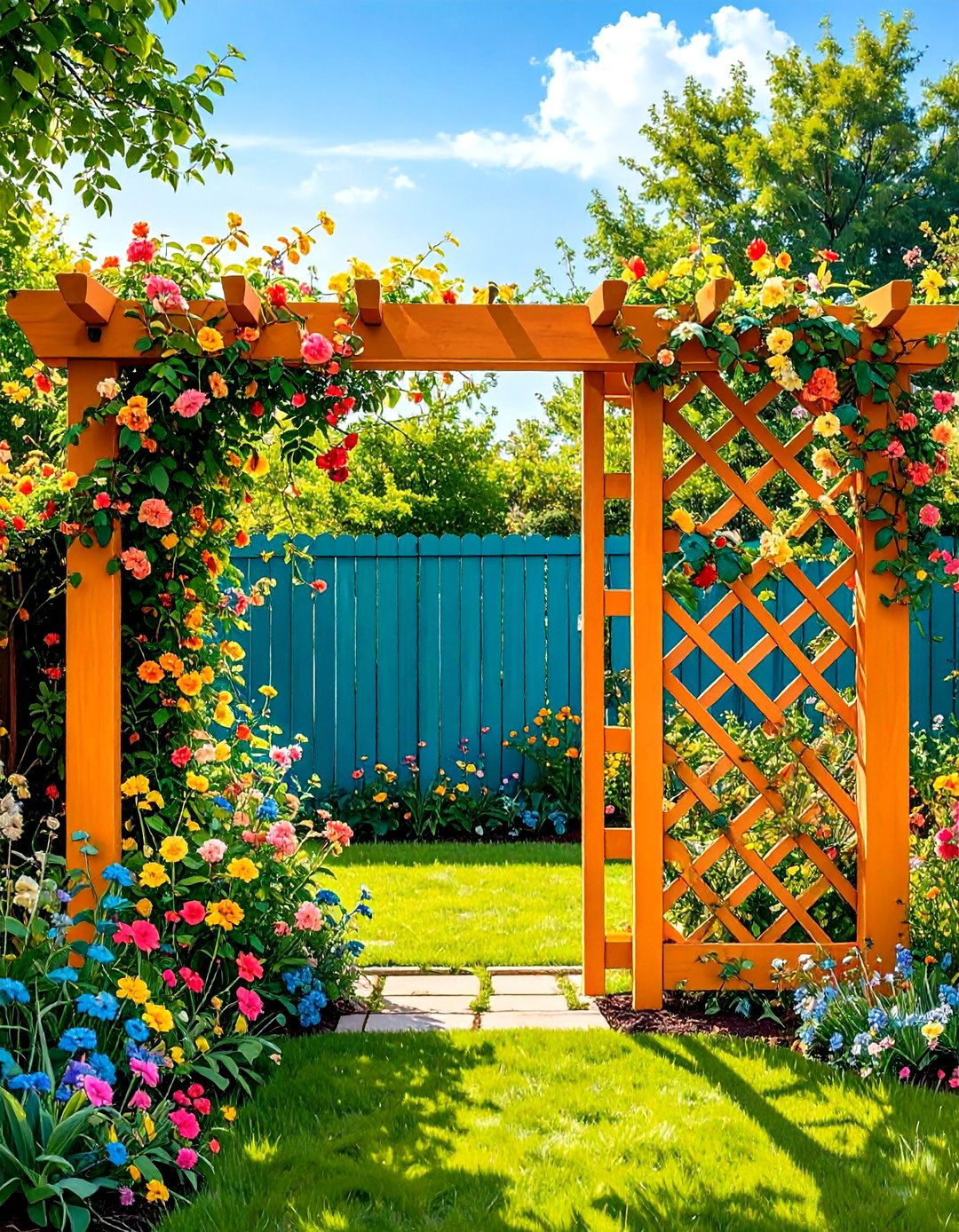
Sometimes a garden trellis functions as a living mural. Paint wooden latticework in sunny ochre, teal, or terracotta before installing, then train contrasting blooms such as purple clematis or white moonflower to weave through. The saturated backdrop highlights blossoms and adds cheer during off-season months when vines are bare. Use exterior-grade primer and UV-stable paint to ensure color longevity. Many urban gardeners adopt this tactic to inject personality into rental spaces where major landscaping is restricted; the panels unscrew easily when leases end, leaving no trace on walls.
15. Solar-Light Integrated Trellis Pathway
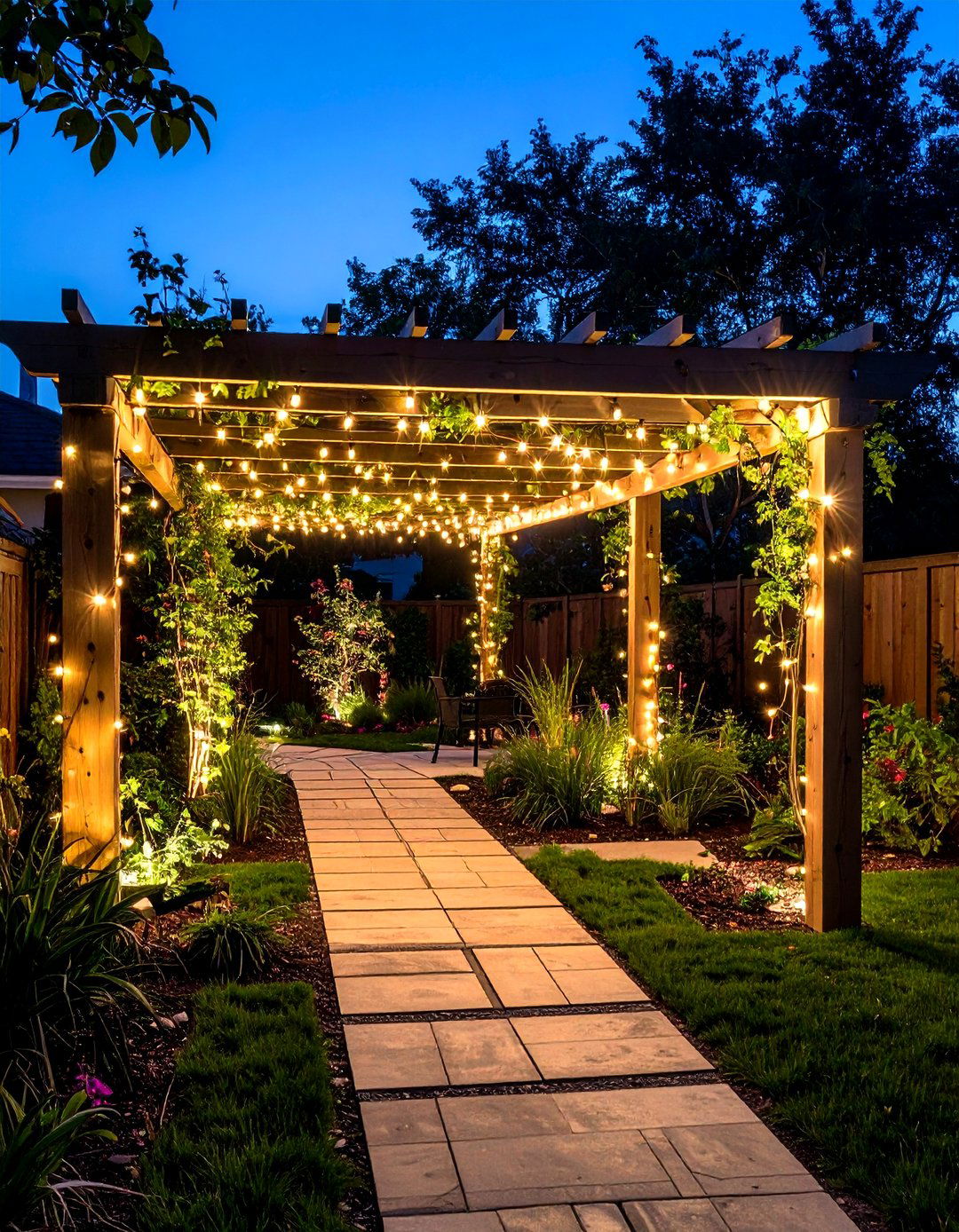
Combining solar LEDs with a garden trellis transforms functional plant support into night-time ambience. Affix low-profile light strips along the top crossbar or thread fairy-light strands through lattice intersections. As panels arch over a walkway, the illuminated canopy guides evening strolls and extends outdoor entertaining hours. Choose warm-white bulbs to avoid insect attraction and position the small photovoltaic cells on the sunniest face. Because wiring is minimal and voltage low, retrofitting existing wooden or metal trellises is a straightforward weekend task.
16. Espalier Fruit-Tree Trellis Fence
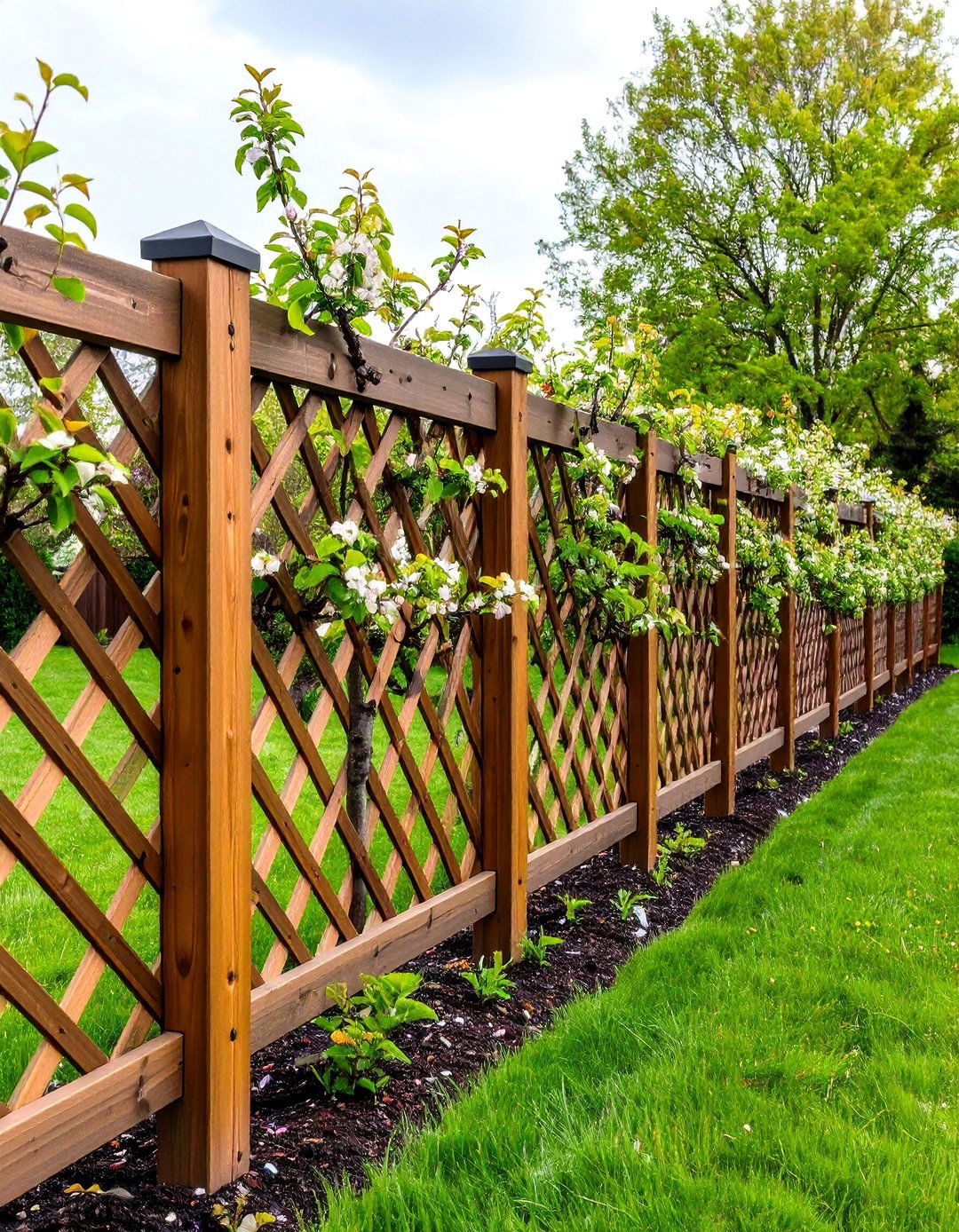
Training apple or pear branches flat against a wire or wooden lattice creates a living fruit fence that yields crops while occupying just 30 cm of depth. Begin with a feathered whip, prune to a central leader, then tie lateral branches along horizontal battens at 40-cm intervals. Each year, spur growth concentrates fruiting buds close to the framework, simplifying picking and netting against birds. Espaliered trellises also absorb radiant wall heat, boosting ripening in cool climates. Patience is necessary, but the reward is a sculptural partition that feeds the family and fascinates visitors.
17. PVC Pipe Hoop Trellis for Squash
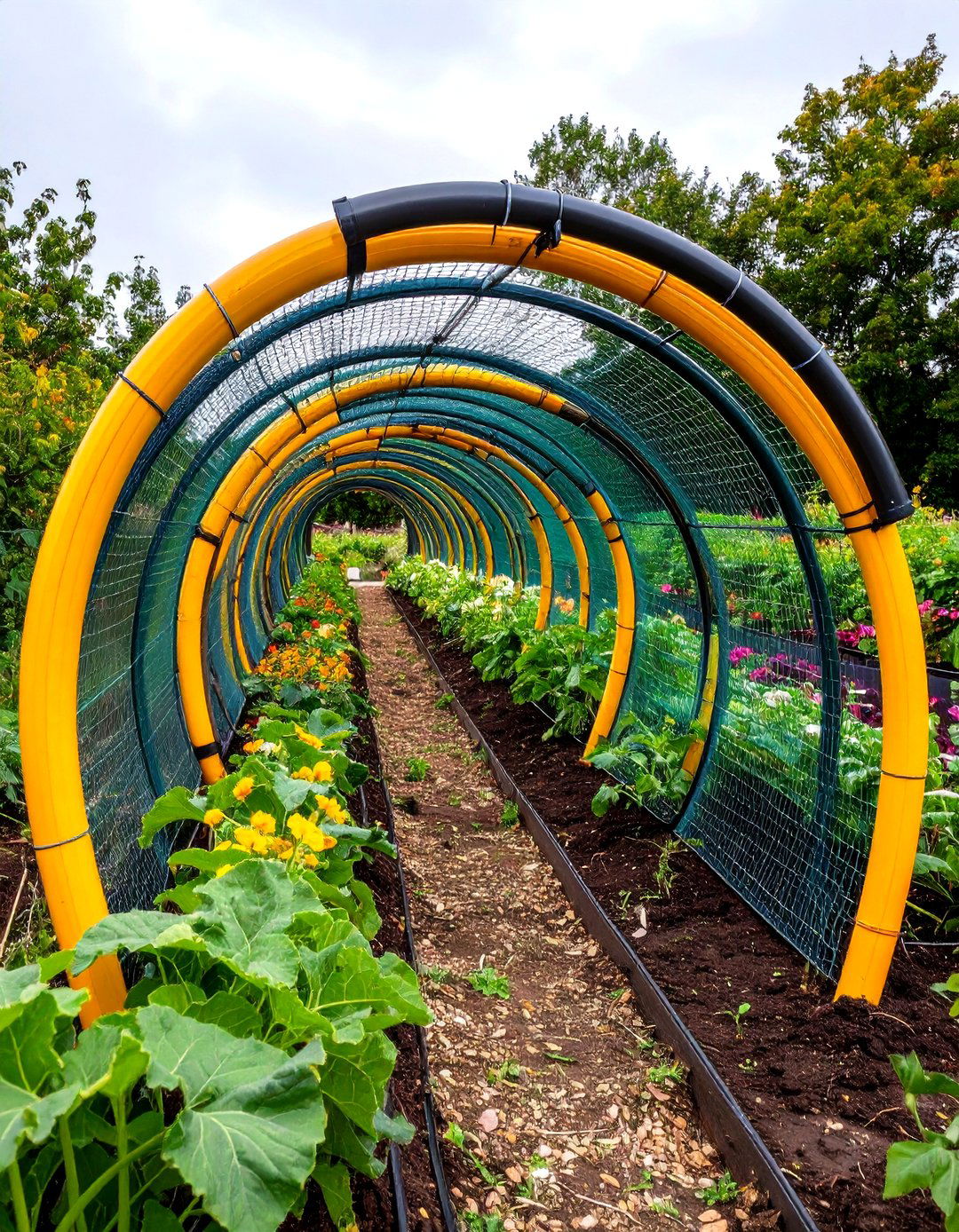
A hoop trellis fashioned from flexible PVC conduit and nylon netting offers a lightweight arch sturdy enough for climbing zucchini or small gourds. Insert lengths of pipe over rebar stakes on opposite sides of a bed, bend to form a tunnel, then zip-tie trellis netting along the ribs. The wide arc keeps foliage off soil, improving airflow and powder-mildew resistance, while fruits hang underneath for easy inspection. Because the frame disassembles into straight pipes, winter storage is compact. Many growers paint the pipes dark green to blend with foliage, giving the structure a subtler presence.
18. Rebar Grid Trellis for Vigorously Vining Crops
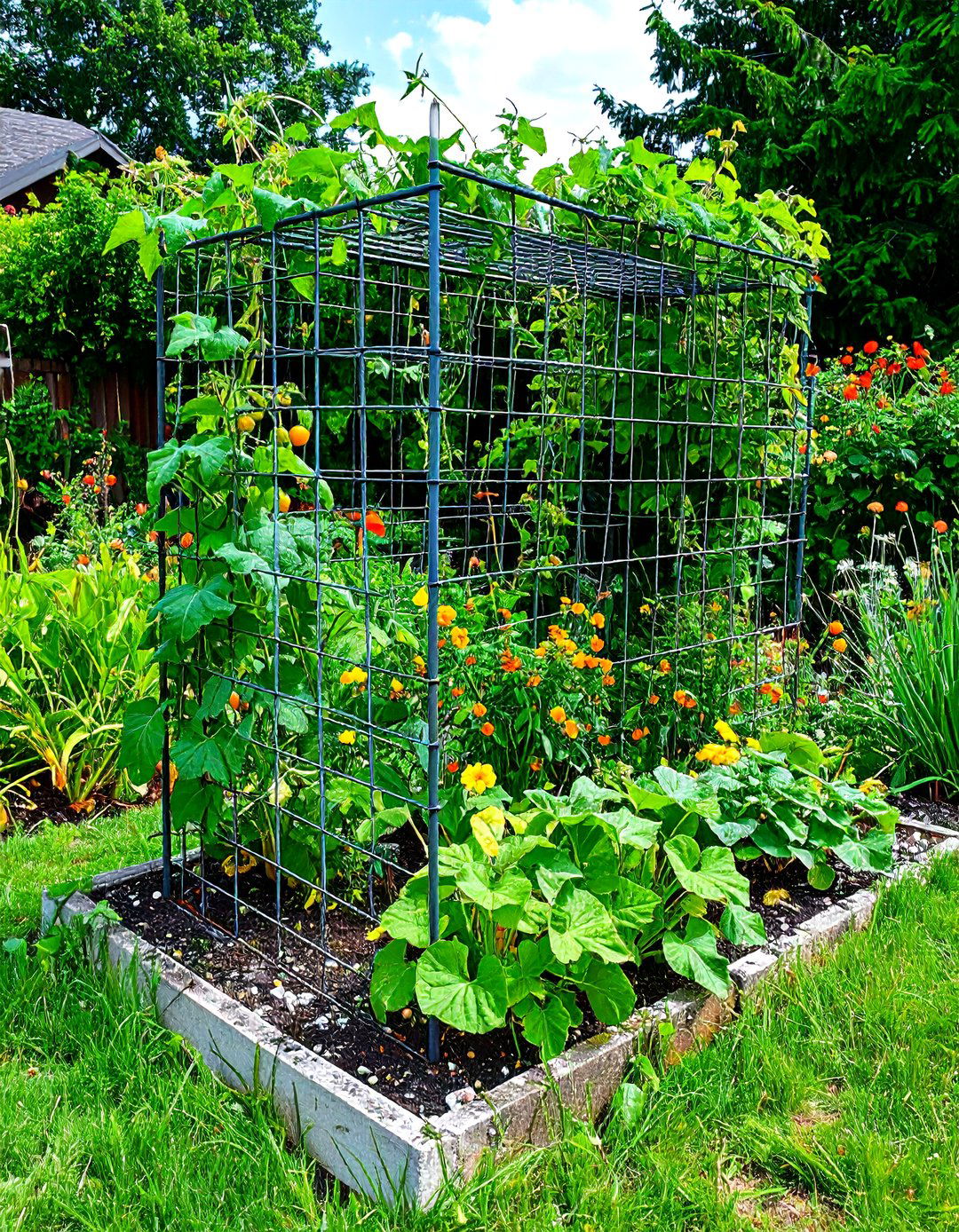
Salvaged steel rebar welded or wired into a rectangular grid becomes a bomb-proof trellis able to bear heavy tomato vines or winter squash. The 10 mm rods resist rust for years, and their slim profile keeps the look industrial-chic. Stand two panels parallel and connect tops with scrap to create a corridor of produce; sturdy enough for kids to walk beneath without wobble. Upcycling rebar scores sustainability points and can be free from construction sites—just confirm no contaminants are present. A quick coat of matte black spray enriches aesthetics while preserving the raw-metal vibe.
19. Upcycled Bicycle-Wheel Trellis Sculpture

Old bicycle wheels arranged like overlapping moons against a fence produce a circular trellis perfect for sweet peas or morning glories. Screw the wheel hubs to a vertical post, vary angles for visual rhythm, then weave jute through spokes for extra grip. The repeating circles break the garden’s usual straight lines and spark conversation about creative reuse. Because rims are aluminum or steel, they weather well, and adding small mirrors to a few spokes bounces dappled light through foliage. This whimsical trellis proves that vertical gardening can be both productive and playful.
20. Portable Pot Trellis for Balcony Gardens
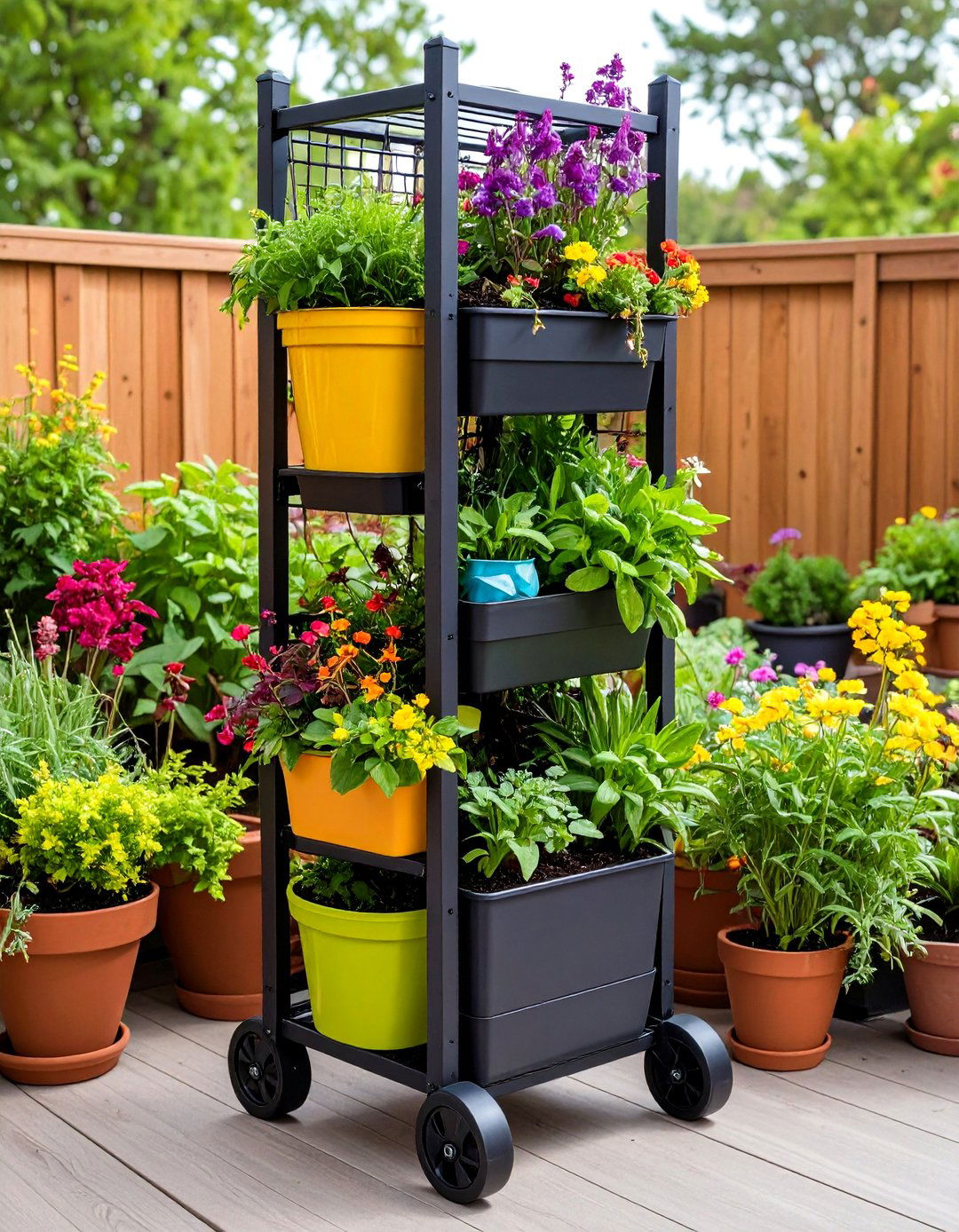
City dwellers often need a mobile solution, and a portable pot trellis delivers. Attach a narrow obelisk or ladder-style frame to a 40-cm-deep self-watering planter, fill with lightweight potting mix, and grow dwarf cucumbers or cherry tomatoes upward instead of outward. Lockable castor wheels let you rotate the mini-garden for even sun or roll it indoors during storms. Built-in reservoirs reduce watering frequency, crucial for wind-blown high-rise balconies. When leases end, the entire unit moves without dismantling vines, ensuring continuity for long-term crops like perennial passionfruit.
Conclusion:
From minimal slatted screens to living willow domes, these twenty garden trellis ideas prove that vertical supports can be structural art, sustainability statements, and yield amplifiers all at once. Whether you favor recycled pallets, sculptural corten steel, or simple bamboo poles, each approach elevates plants into healthier airflow and brighter light while reclaiming precious ground space—key advantages underscored by current gardening trends. Pick the style that aligns with your budget, climate, and aesthetic, then let vines climb skyward and transform your garden’s walls, paths, and pots into thriving vertical habitats.


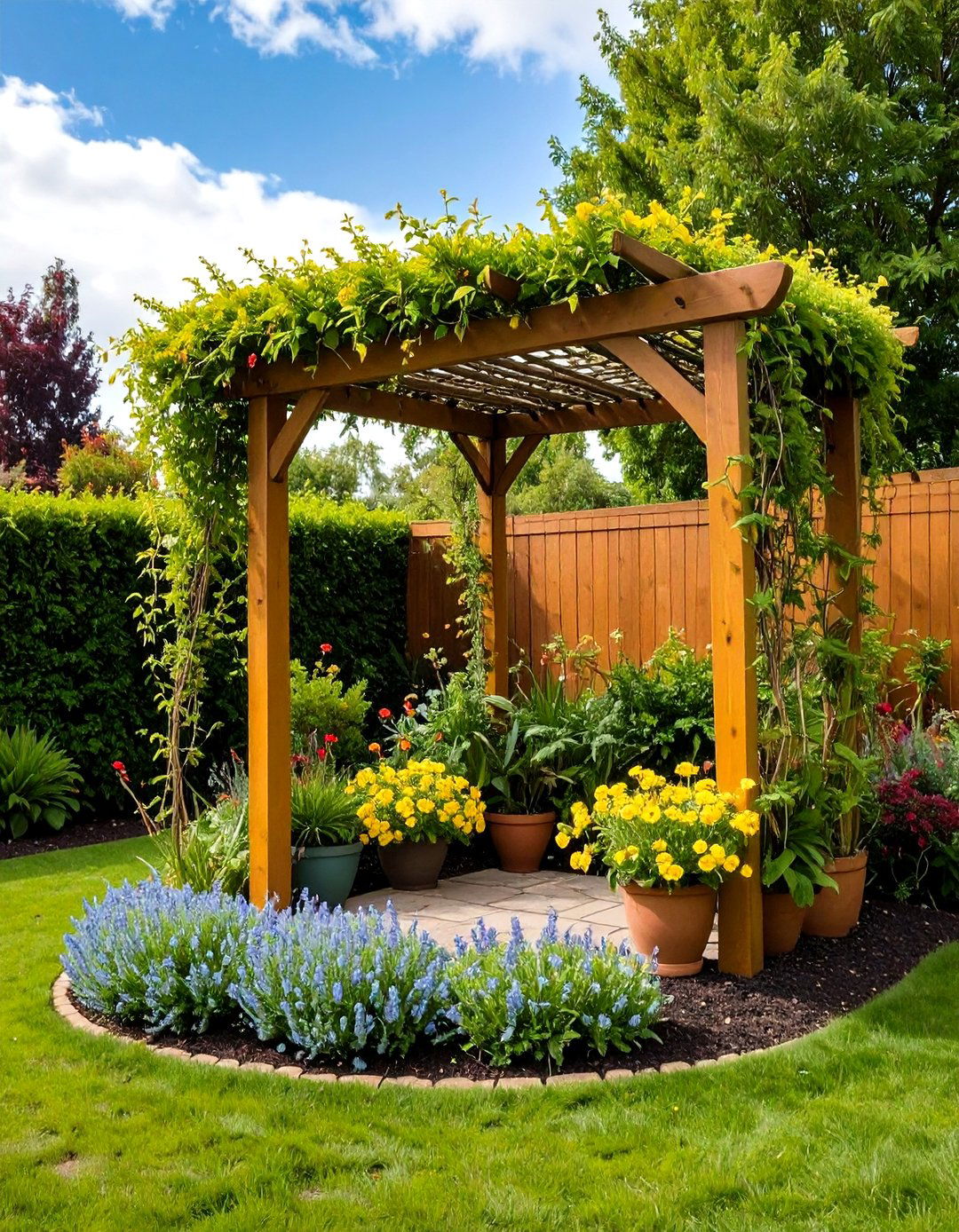
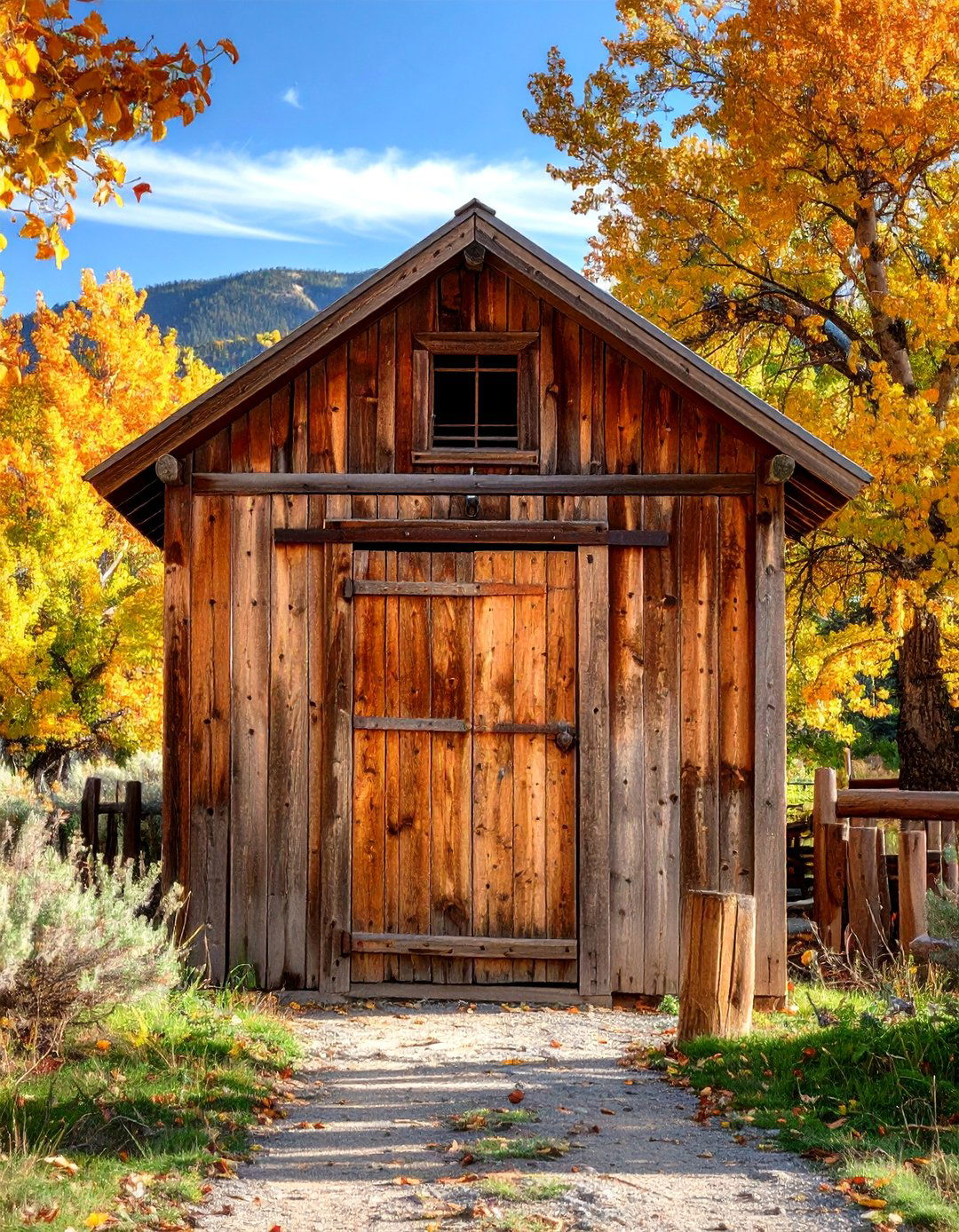
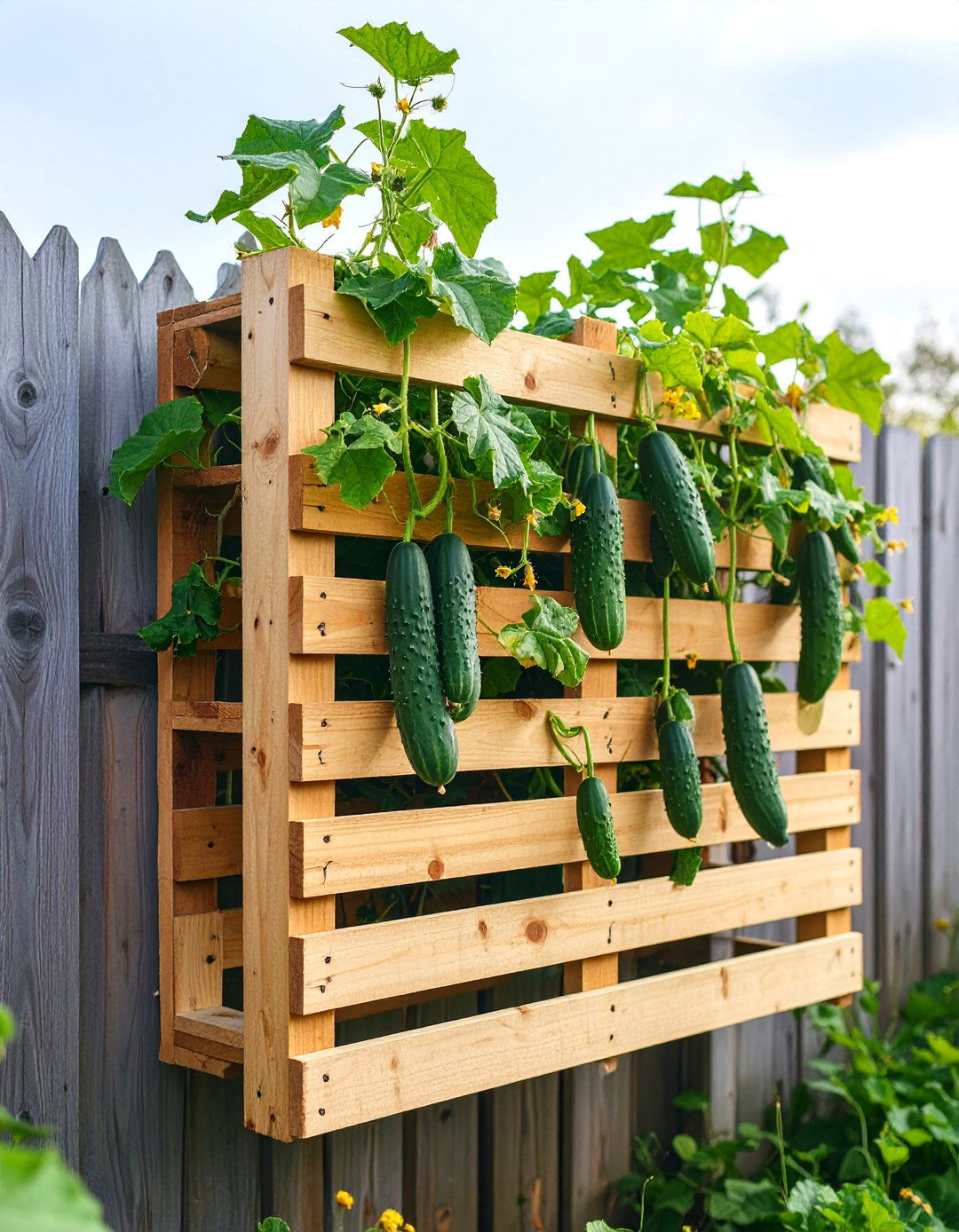
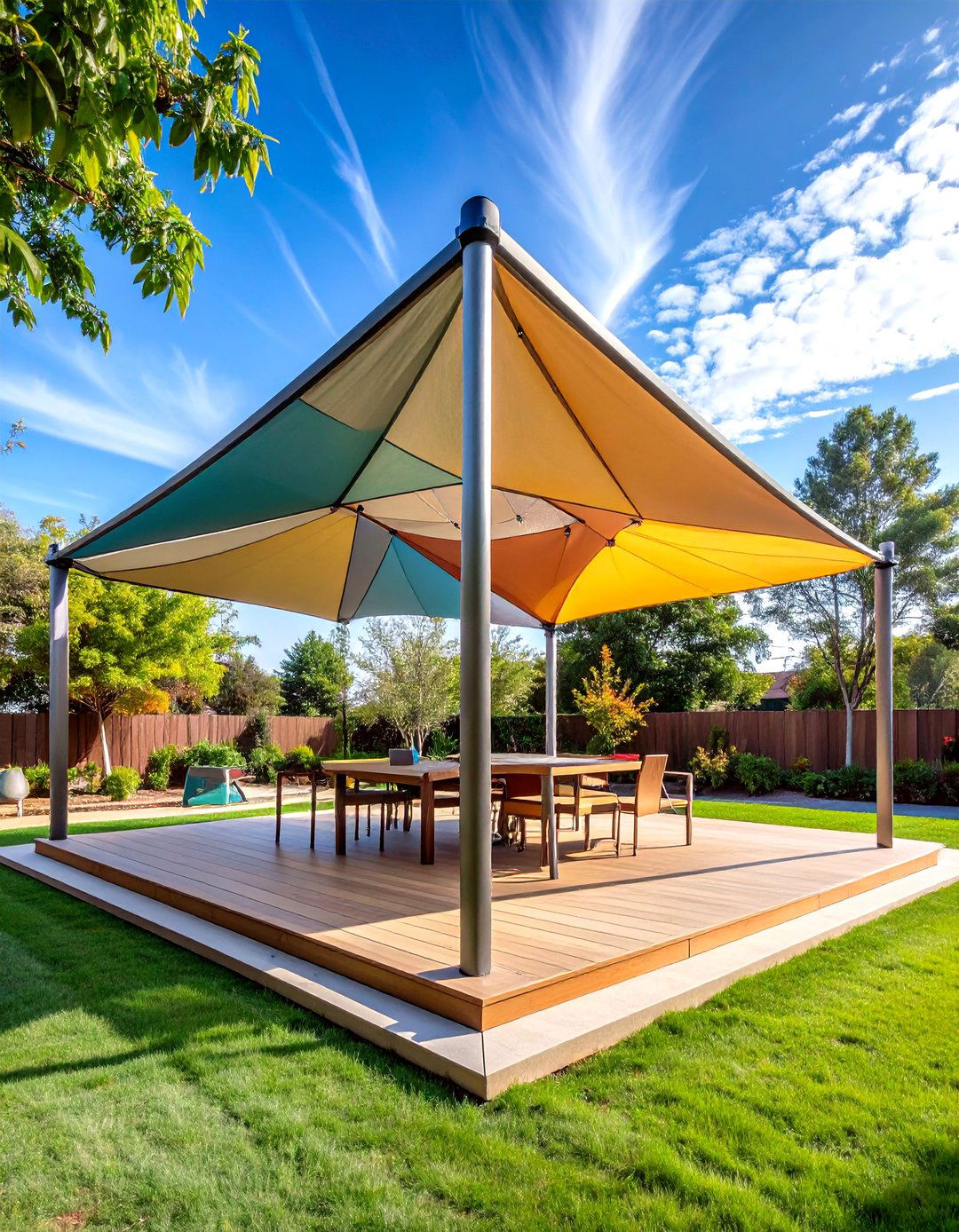
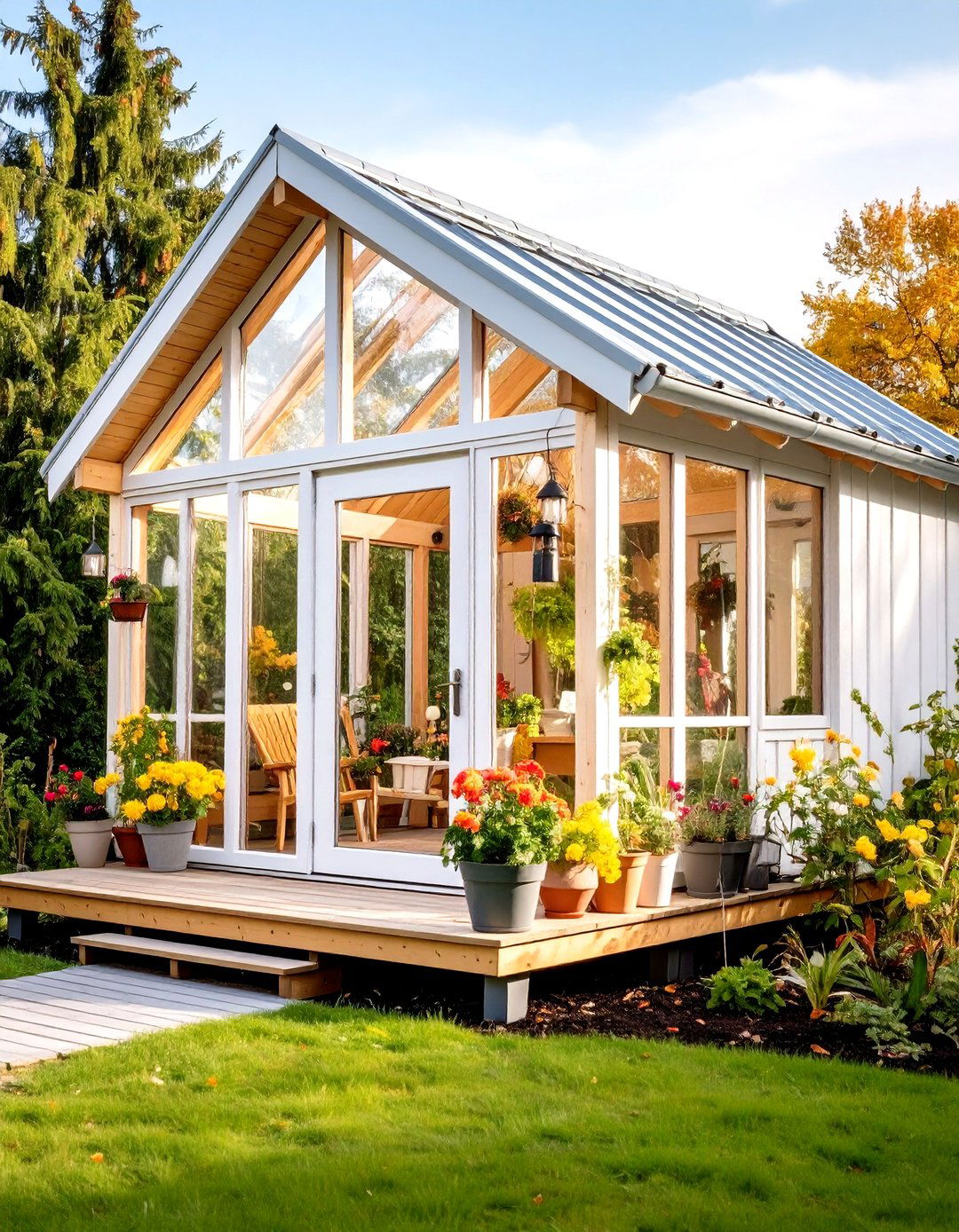
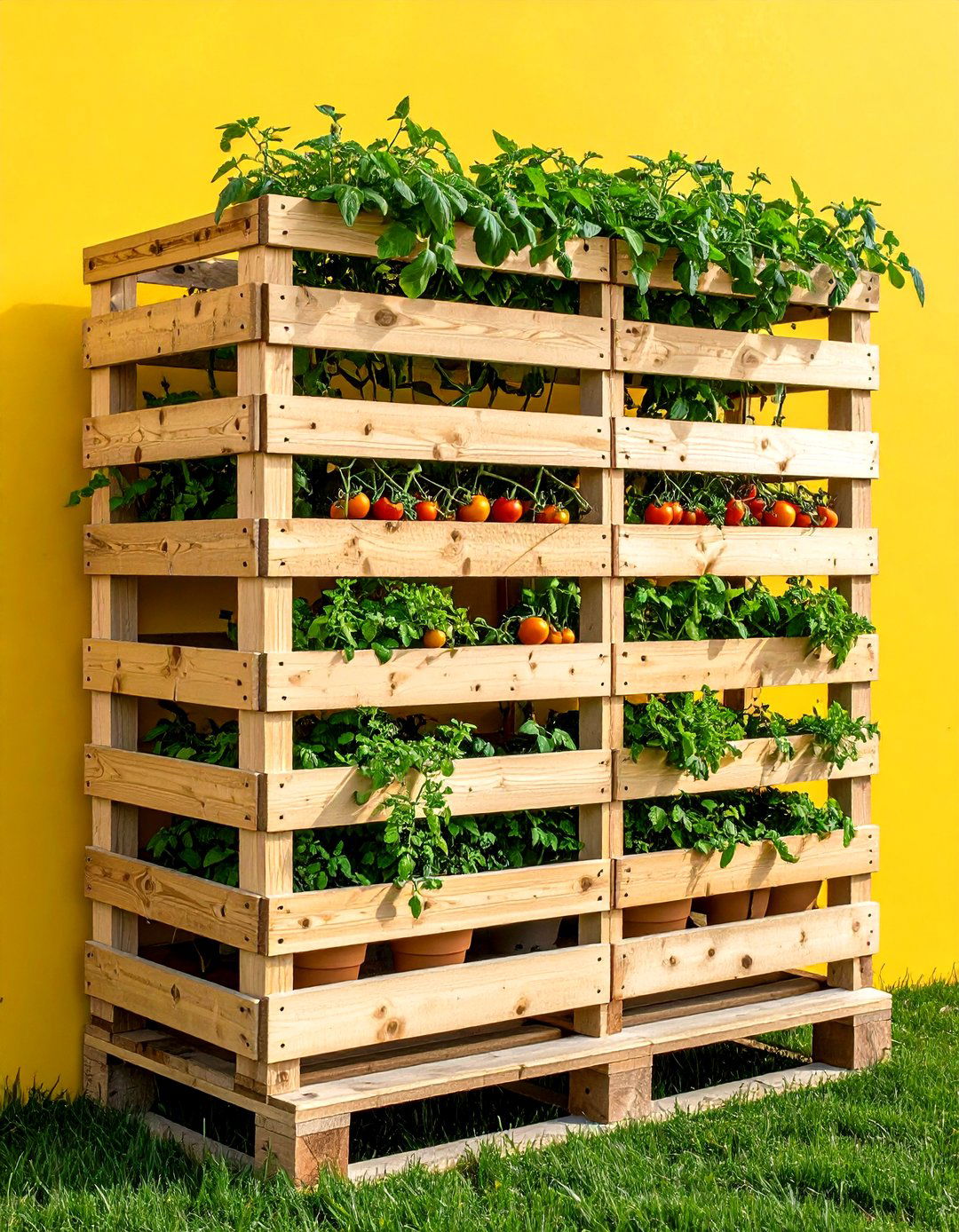
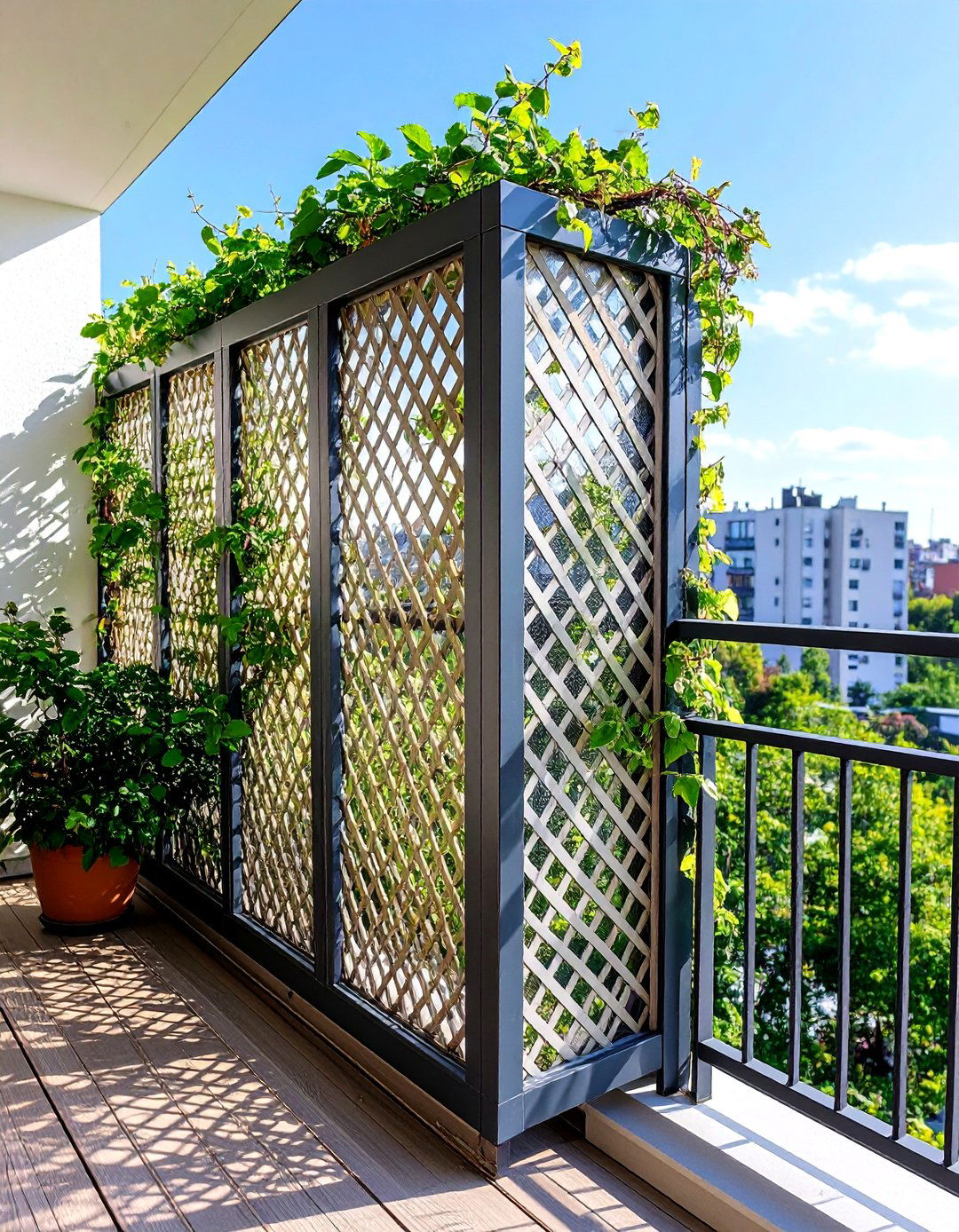
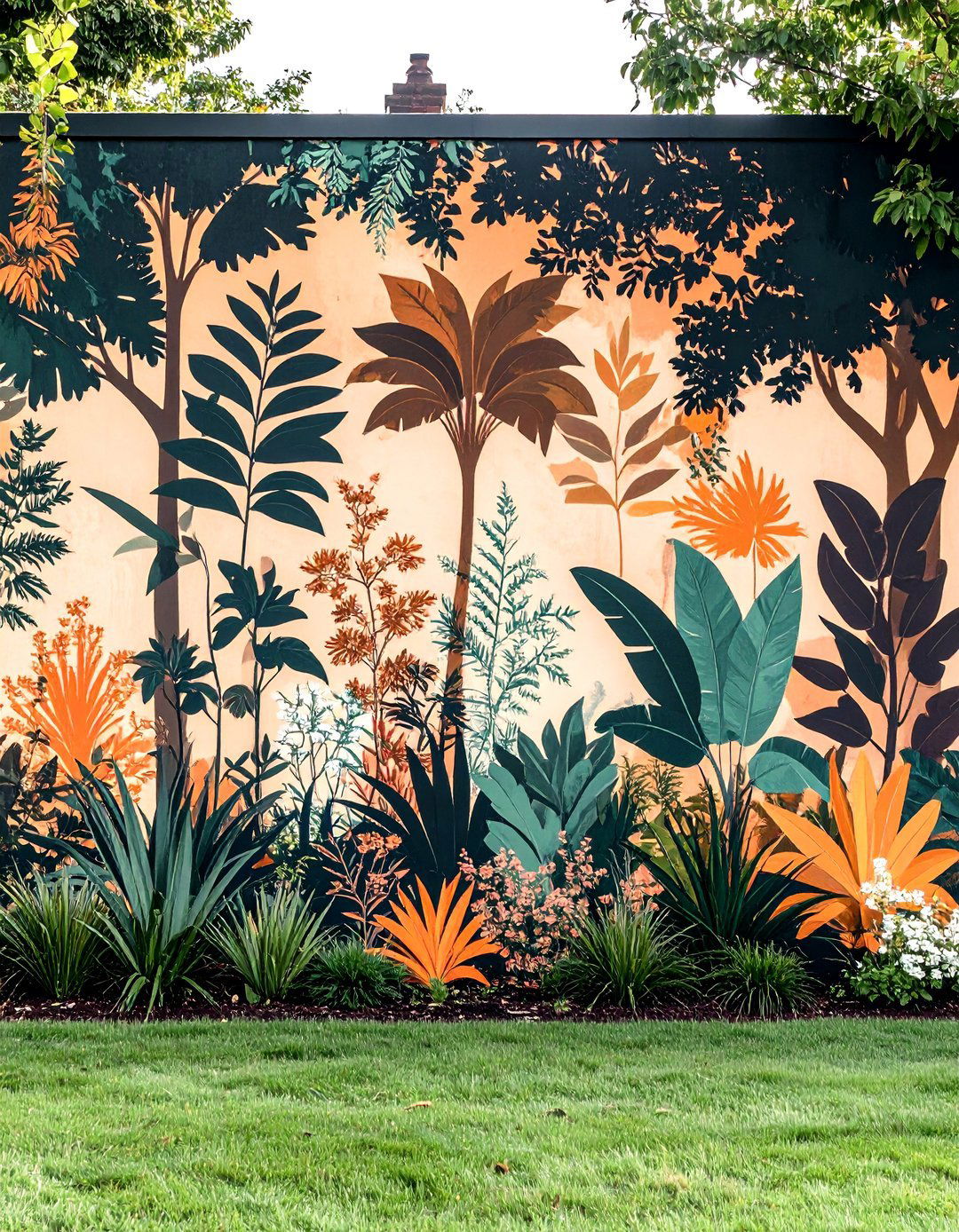


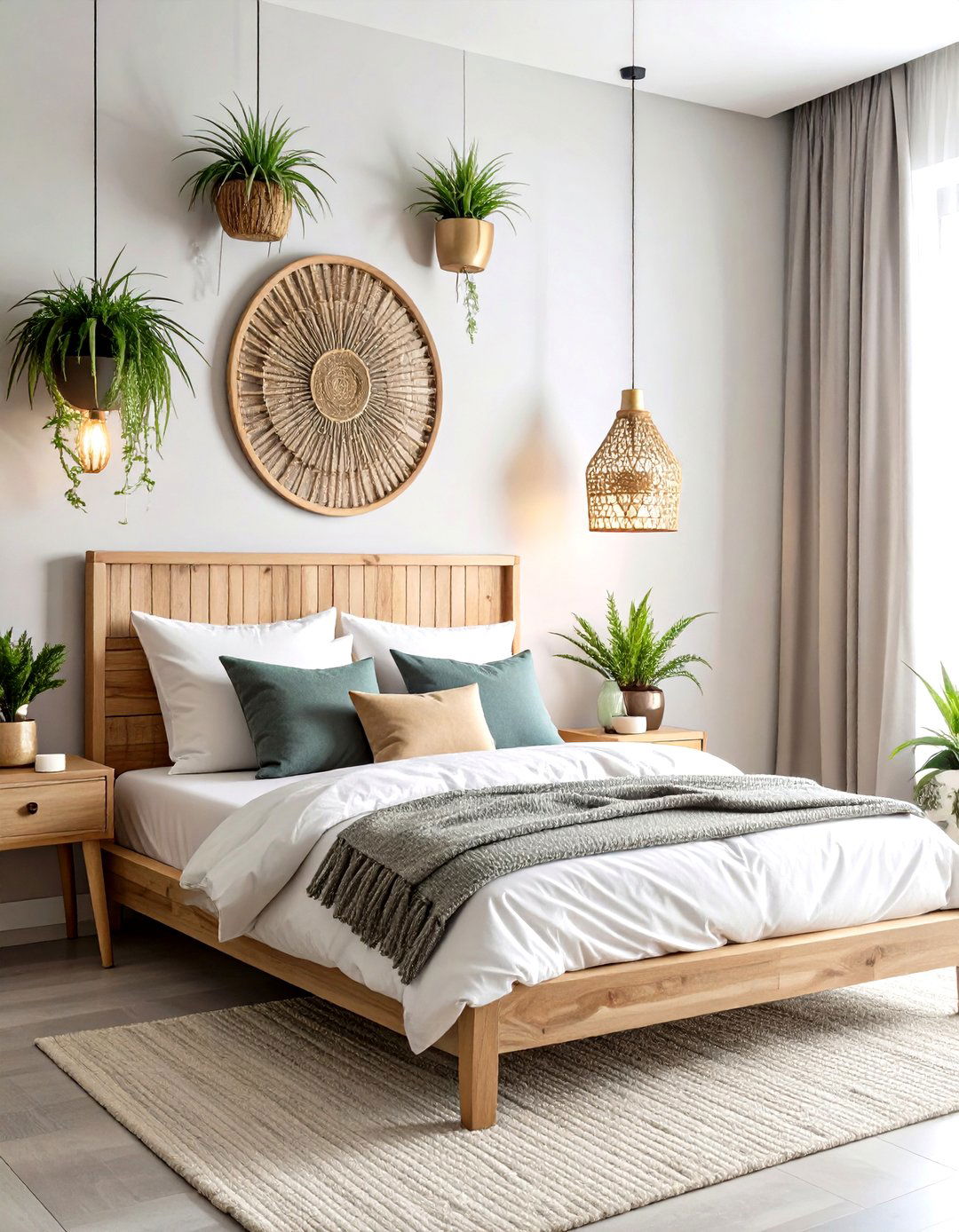

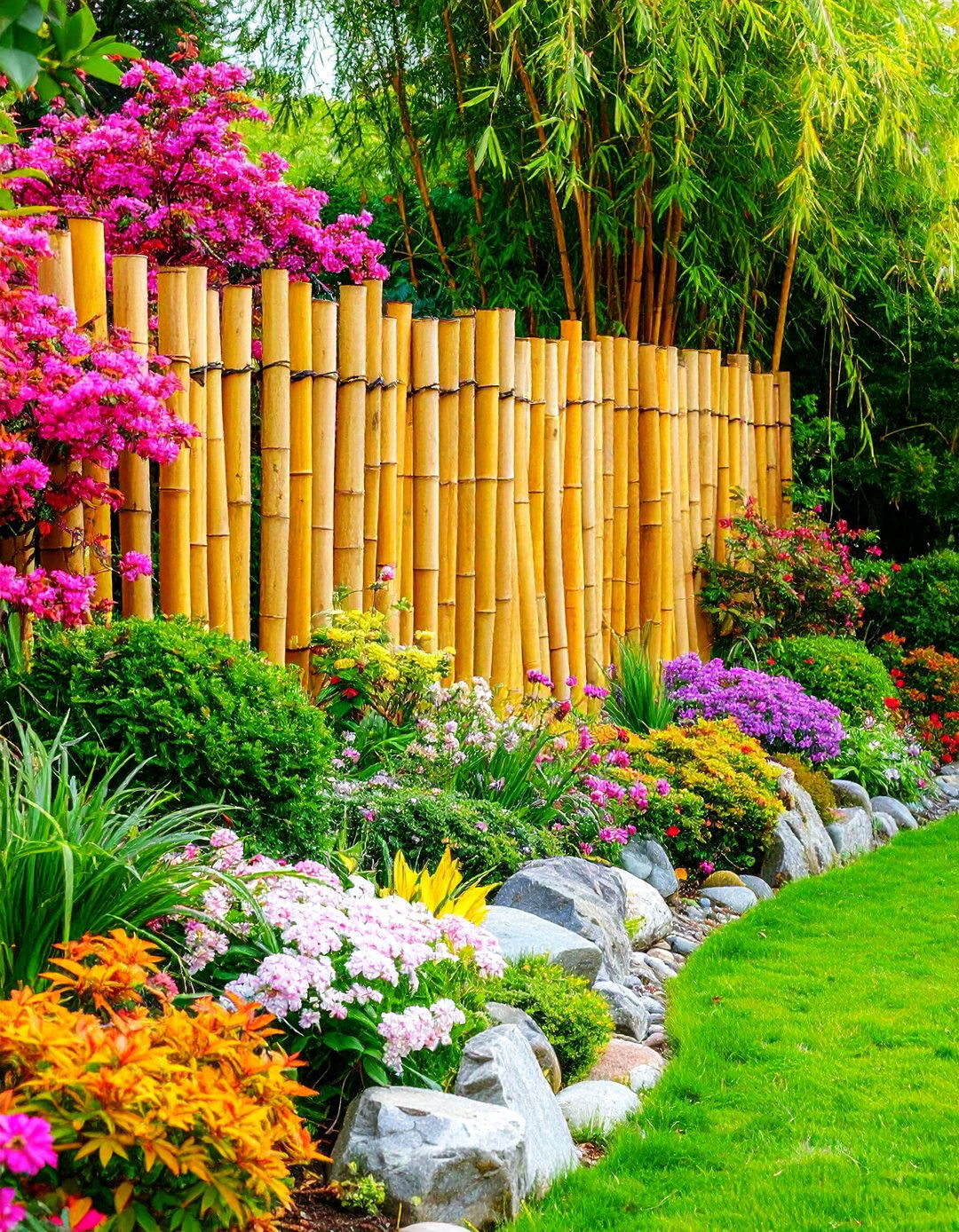
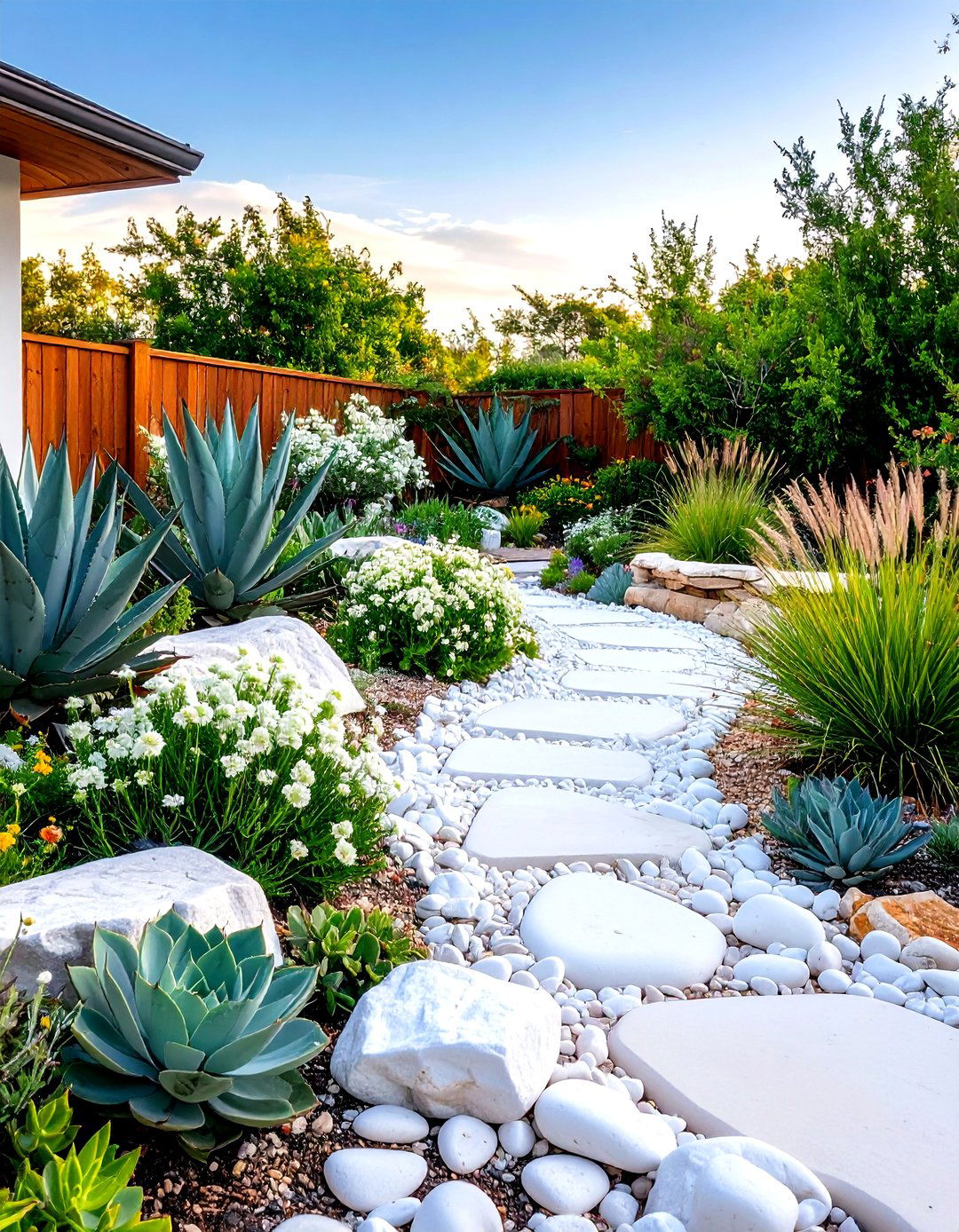
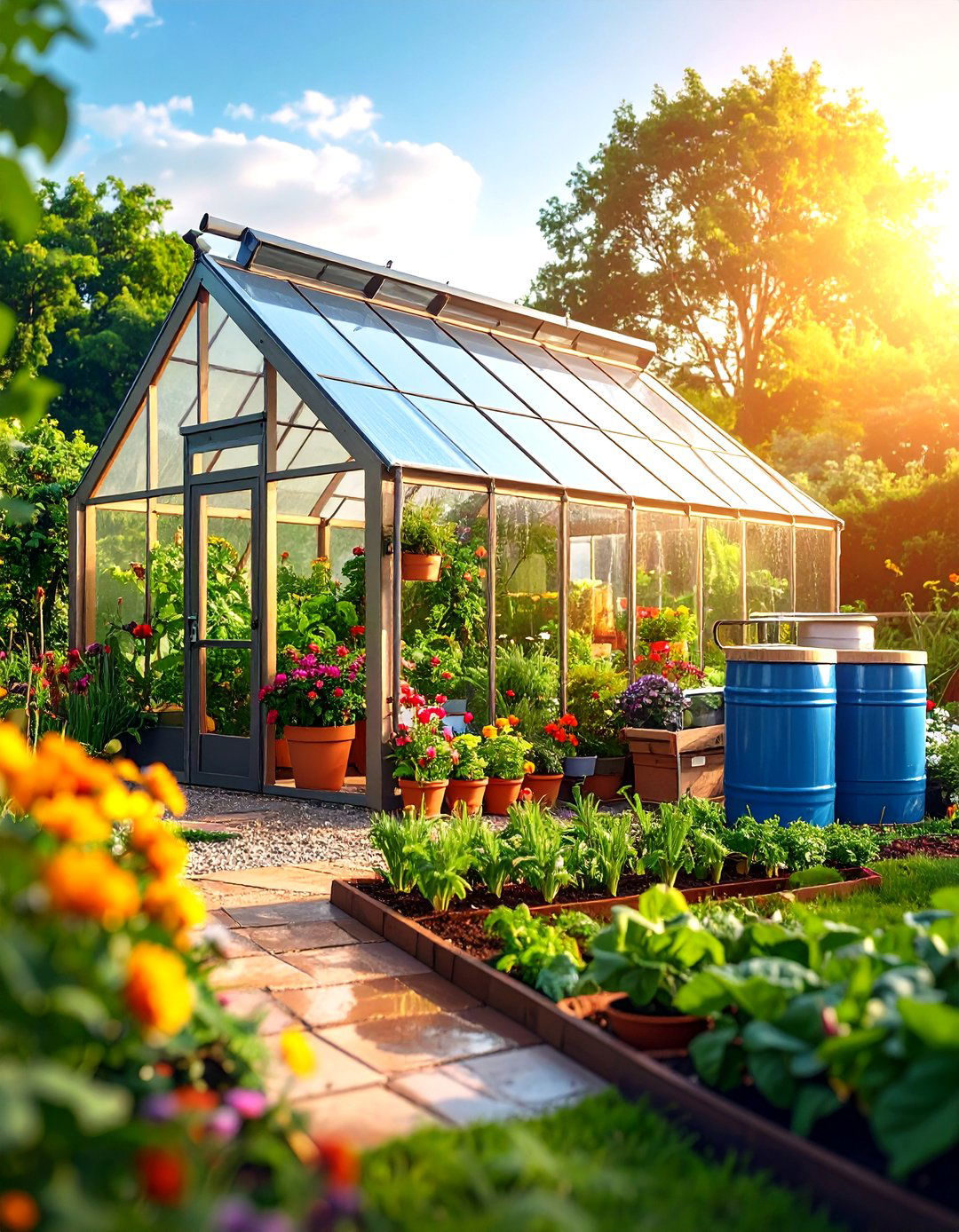
Leave a Reply